|
Yellow Warbler, Magee Marsh, Monday May 16, 2022, 11 am. This is Part 3 of a multi-part series on my recent trip to NW Ohio to see the migratory and resident birds of spring. My first post was on warblers, the second on woodpeckers, and this post covers more warblers at Magee Marsh, Pipe Creek Wilderness on Sandusky Bay as well as Wendy Point in Cleveland. For those of you who want to catch up, here are the links to my first two posts. Northwest Ohio, Spring Migration 2022, Part 1, Part 2. Prothonotary WarblerCanon R6, RF 100-500mm at 343mm, 1/1600 sec, f/7.1, ISO 10,000. Let's start back at Magee Marsh on the shore of Lake Erie, just east of Toledo, where we spotted this Prothonotary Warbler, named after the papal clerks of the Roman Catholic Church who wear bright yellow robes. Prothonotary Warblers are bright yellow overall, with a big head and bill, an olive back with grayish wings and white under the tail as seen well in these images. The females are paler overall with a green wash on the crown and nape. Prothonatory Warblers winter along the shores of the Gulf of Mexico and the Caribbean, breeding in the U.S. east of the Rockies up into Illinois, Michigan, Ohio and Pennsylvania. They live in swampy woodlands, and nest in cavities of dead trees. They nest in the holes created by woodpeckers and chickadees, in natural holes in dead trees, and in nest boxes. The nests are often near or over standing water. They are one of the two warbler species that are cavity nesters, sharing this trait with the Lucy's Warblers that are common in SE Arizona. This "swamp warbler" is in decline due to loss of nesting habitat in the U.S., and mangroves in its wintering territory. Prothonotary Warblers eat spiders, butterflies, beetles, flies, caterpillars, mayflies, midges, grasshoppers, ants and leafhoppers. They forage in the understory, hopping along branches in search of food. This bird seen here is likely a male in the mating/nesting cycle in the marsh, or might be on his way north to nest along the north shore of Lake Erie. Magee Marsh is toward the northern end of their range. Canon R6, RF 100-500mm at 343mm, 1/1600 sec, f/7.1, ISO 3200 The bird seen above and below appears to be looking for insects on the branches' bark. Canon R6, RF 100-500mm at 270mm, 1/1250 sec, f/7.1, ISO 1250 Many warblers such as the Prothonotary and Kirtland's (seen in Post 1) are habitat specialists, limited to certain environments for nesting, and thus very sensitive to loss of habitat. Canada WarblerCanon R6, RF 100-500mm at 500mm, 1/2000 sec, f/7.1, ISO 8000 Also in Magee Marsh, we chased a Canada Warbler who was hopping from branch to branch along the boardwalk, and only occasionally coming out between the leaves for a photo op. These three images are the best of the lot. The one above has a great pose, but my Canon R6 was focused on the branch and the birds tail, leaving the face and breast a bit out of focus. Canada Warblers winter in Central America and NW South America, migrating up through eastern coastal Mexico and into the U.S. east of the Rockies up into Canada to breed. This bird is in migration, and a visit to Magee Marsh in May provides a great chance for us to see him aside from trekking in Canada during the summer or Panama in the winter. The males have a long tail, a bold eyeing, and a black necklace on a bright yellow breast and throat. The females are described as gray above with a faint necklace. Canada Warblers eat many types of insects and spiders, hopping among branches in the understory for food in a flurry of activity. They can also catch insects on the wing, called "fly catching" or "hawking." This bird is headed for mixed conifer and deciduous forests in Canada with shrubby and mossy understories, often near water. Magee Marsh offers perfect fare for their flight north. For the photo geeks: This bird moved very quickly and kept behind the leaves. I captured upward of 37 images, most of them leaves with a blurry yellow blob somewhere in the frame. I ended up with these 3 that were usable. Cape May WarblerCanon R6, RF 100-500mm at 500mm, 1/640 sec, f/7.1, ISO 200 Also at Magee Marsh we spotted the Cape May Warbler. Cape May Warblers winter in the Caribbean and eastern shores of Central America, and nest in spruce-fir forests of Canada where they go after their chief fare, the spruce budworm caterpillar. They nest in spruce trees, close to the trunk and near the top, high up at 40-50 feet above ground level. They can have clutches of 4 to 9 eggs, allowing them to expand their population in response to rising spruce budworm infestations. In the first three frames we see a female Cape May Warbler, similar in appearance to the Palm Warbler, but without the red cap, and with a yellow ear patch and white under-tail coverts. This female is likely foraging for insects in the understory. Note the narrow decurved bill used to glean bugs or nectar from flowers. Foraging is aided by a unique tongue for a warbler, curved and semi-tubular, good for gathering nectar. The Cape May Warbler was named by Alexander Wilson, who originally described the bird in Cape May, New Jersey. After that first sighting, the bird was not recorded in Cape May for another 100 years! Below are two images of a male Cape May Warbler, yellow with a tiger striped breast, chestnut cheek patch and green back. These were shot at some distance against a bright sky, with marginal image quality. Canon R6, RF 100-500mm, RF 1.4X extender at 700mm, 1/3200 sec, f/10, ISO 4000 A new venue: Pipe Creek Wildlife Area on Sandusky BayPipecreek Wildlife Area is a restored marsh and wetlands on Sandusky Bay, and a great stop for birding close to the city. The map below shows the maintained area with the orange rectangles showing where some of the photographs were taken. Blackpoll WarblerCanon R6, RF 100-500mm, RF 1.4X extender at 700mm, 1/2000 sec, f/10, ISO 2500 At Pipe Creek we spotted this Blackpoll Warbler, hopping from branch to branch looking for food. Blackpoll's winter in the northern regions of South America, migrate north in the spring through the Caribbean and the U.S. and nest in northern Canada. In the fall, they may take the ocean route south traveling nearly 1,800 miles nonstop over the Atlantic to reach South America. In these frames we see a male in breeding plumage. Canon R6, RF 100-500mm, RF 1.4X extender at 700mm, 1/2000 sec, f/10, ISO 2500 For the photo geeks: The settings were the same for all of these shots. One might question the logic of a shutter speed of 1/2000 for a perched bird, but warblers always move quickly and without notice! I caught the shot above because the shutter was fast and I was shooting at a fast frame rate. Blackpoll Warblers eat mainly spiders and insects such as caterpillars, gnats, lice, ants, beetles, mosquitoes, and flies. Here we see a male looking for food on the tree branches. During fall migration they also eat fruit including honeysuckle, pokeberry, and yew. Canon R6, RF 100-500mm, RF 1.4X extender at 700mm, 1/2000 sec, f/10, ISO 2500 Tenneessee WarblerCanon R6, RF 100-500mm, RF 1.4X extender at 420mm, 1/2000 sec, f/10, ISO 5000 Also at Pipe Creek we spotted this Tennessee Warbler, a male in breeding plumage; pale green above with a gray cap and pale eyebrows. The underside is off white with a yellow wash. Note the lack of strong wingbars. (Ref: All About Birds). The bills are thin and pointy. Tennessee Warblers winter in the Caribbean, Central and South America, breed in Canada and migrate through the U.S. They eat mostly small caterpillars including the spruce budworm, the specialty of the Cape May Warbler. Alexander Wilson, namer of the Cape May Warbler, also named the Tennessee Warbler based on his sighting during migration in Tennessee. Except for migration, this warbler never gets close to Tennessee! Yellow WarblerCanon R6, RF 100-500mm, RF 1.4X extender at 420mm, 1/2000 sec, f/8, ISO 2000 Back at Magee Marsh we spotted a Yellow Warbler. When something this yellow is named "yellow" you cannot go wrong! Note that some of these images are from Winous Point on Sandusky Bay and one from Wendy Point in Cleveland. Yellow Warblers winter in Central and South America, and breed throughout most of the U.S. and Canada. This is a warbler you can see nesting in Arizona or Ohio. The warblers we see here could be headed further north for breeding, or building their nests right on the marsh. The males and females look alike, except that the chest striping on the male is bolder. The image below was caught at Wendy Point on May 14th. For the photo geeks: The image below is a cropped version of the original, which I almost tossed out. As I cropped it down, I suddenly saw the frame of leaves around the bird, making this one of my favorite shots of the lot! Canon R6, RF 100-500mm, RF 1.4X extender at 700mm, 1/2000 sec, f/10, ISO 4000 Canon R6, RF 100-500mm, RF 1.4X extender at 700mm, 1/4000 sec, f/10, ISO 1600 The photographs above and below were shot at Winous Point on Sandusky Bay. The bird is sitting on a branch of the Common Reed, Phragmites australis, a problematic invasive species that thrives in wetlands. Active work is being done to reduce Phragmites on Lake Erie and replace it with native plants that will create a better habitat for native and migrating birds. For more on the Great Lakes Phragmites Collaborative, see this link. In future posts expect more on Winous Point and the role of hunting clubs in preserving the marshes of Lake Erie. Here are two Yellow Warblers who seem to be staying put for the summer . . . . . Canon R6, RF 100-500mm at 500mm, 1/4000 sec, f/7.1, ISO 8000 This last series on mating behavior was shot at Magee Marsh.
The behavior pictured here is close to mating, but not quite! The male hops on the female's back, and exhibits preening behavior with his mate. However, she does not seem ready. Perhaps the nest is not quite ready or she is not ready with eggs to be fertilized. For the photo geeks: This whole series of shots occurred over 14 seconds. The birds were moving very fast, with branches and leaves in the way of my line of sight. Fortunately the camera was able to keep focus on the birds, and I jockeyed around a bit to try to avoid obstructions. I was standing on the boardwalk at Magee Marsh. 10:44 am May 16, 2022. He certainly seems interested but she seems a bit aloof. In the next frame the male jumps off and is perched to the right. Singing on the male's part does not seem to make a difference! Not today, but soon. Yellow-rumped Warbler, Myrtle'sLet's go back to Pipe Creek for this last set of images of a Yellow-Rumped Warbler, Myrtle's. The Yellow-Rumped Warbler has a wide distribution throughout North America, with the Audubon's variant more common in the west, and the Myrtle's in the east. This is a Myrtle's with a white throat, and the typical yellow rump and yellow armpits. In my experience looking through the camera lens, these birds are much duller in the fall. This bird is striking, with rich colors on the body and great detail. I could not resist closing with these shots. Reviewing references in Birds of the World*, this bird has likely been through a molt of the body feathers to Definitive Alternate Plumage from February to April creating a great fresh look for the breeding season and for my camera. *Requires a subscription That's all for now! Stay tuned, more coming soon.
Happy Trails!
1 Comment
CvR
6/23/2022 09:21:12 am
Another nice job Henry - you are going to get so good at that east coast warbler ID which is a really tough one!! Keep up the good work.
Reply
Leave a Reply. |
AuthorHenry Johnson, photographer and author of this site. For more detail, see About
Categories
All
Archives
July 2024
|
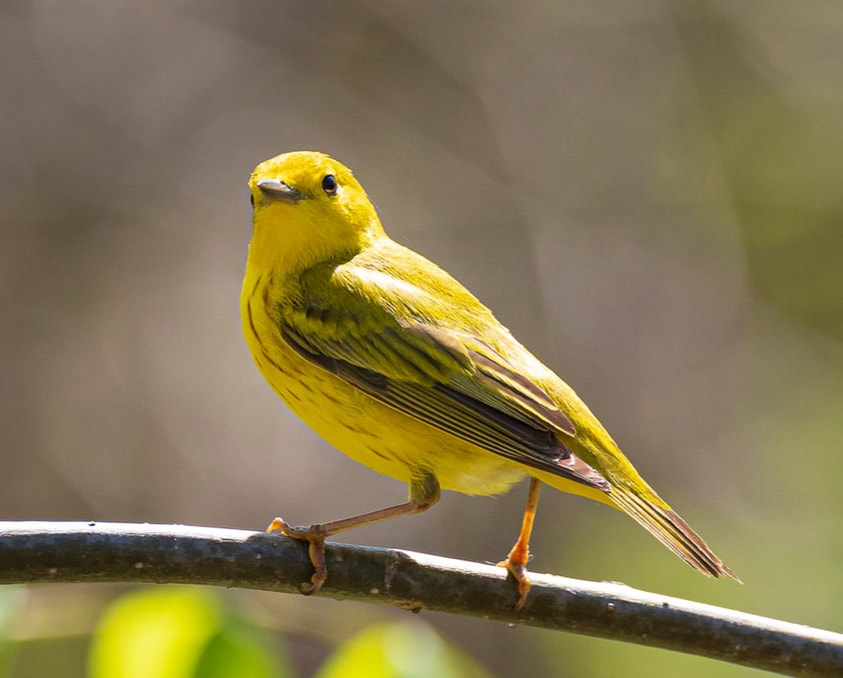
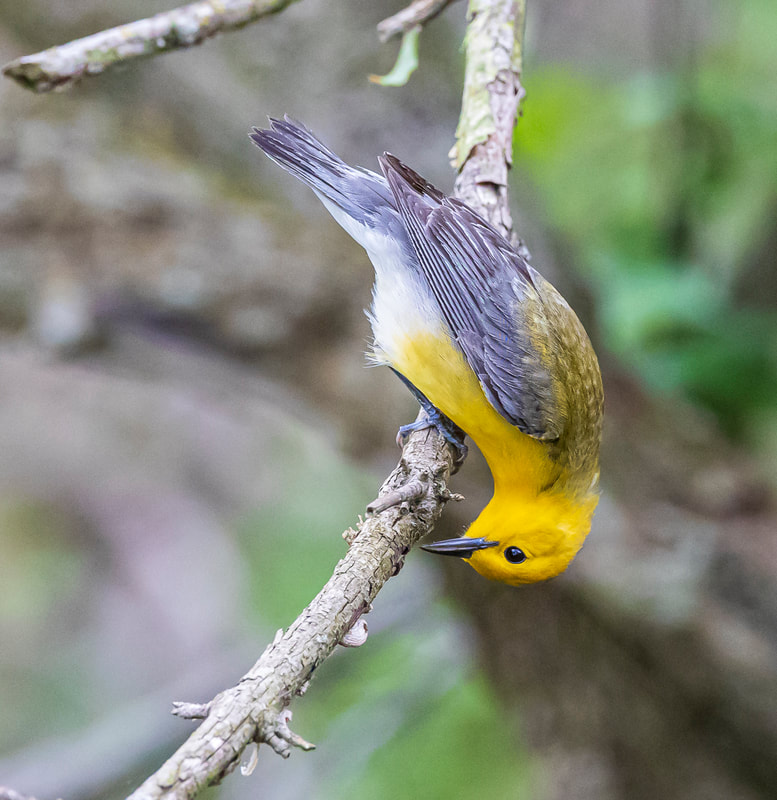
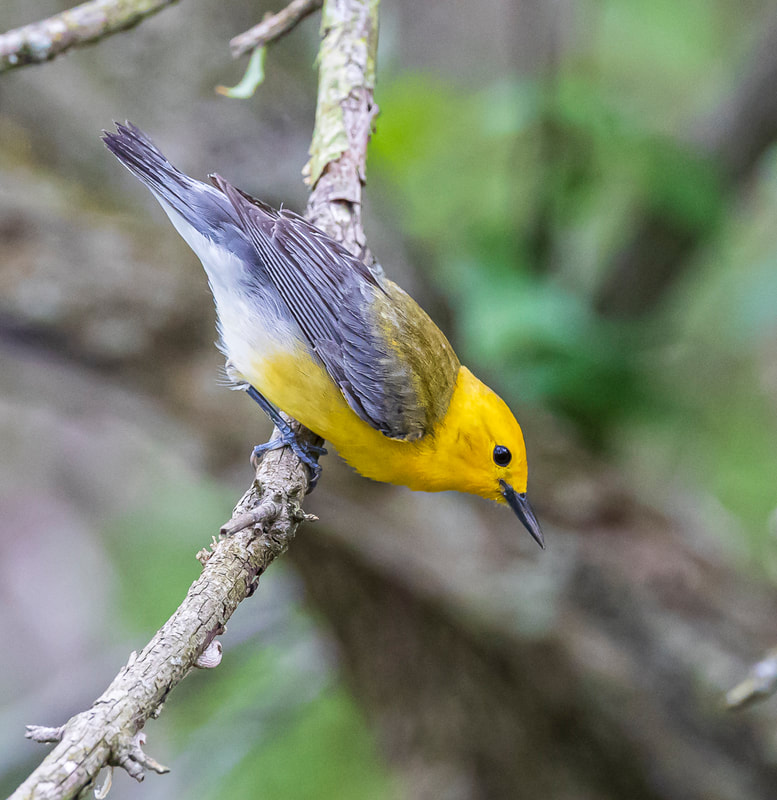
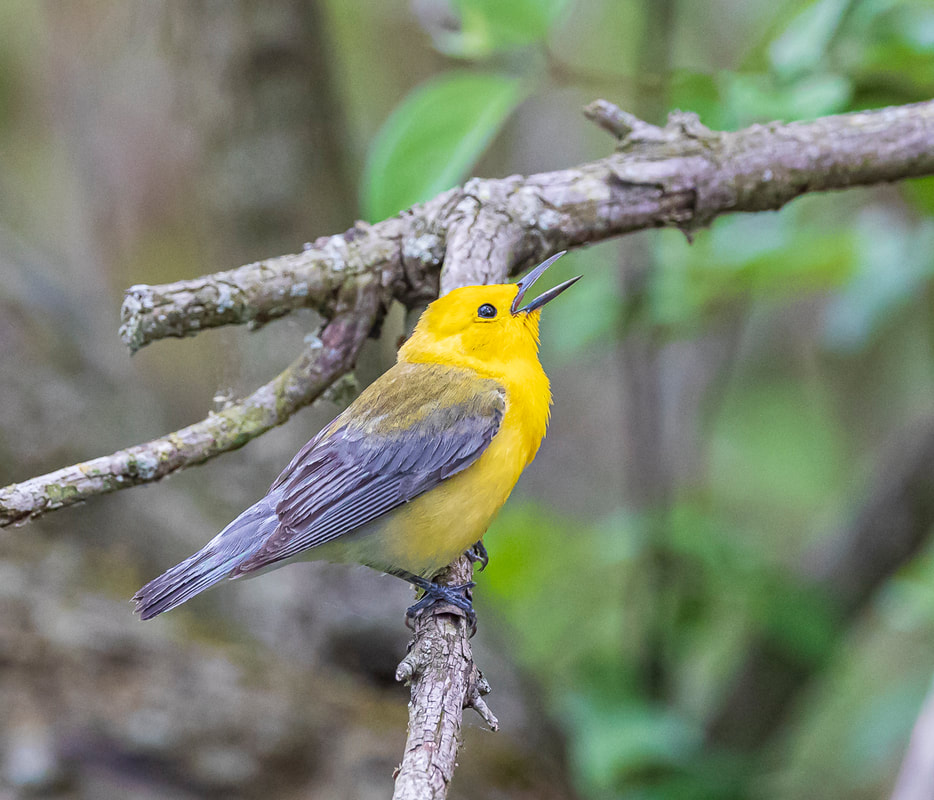
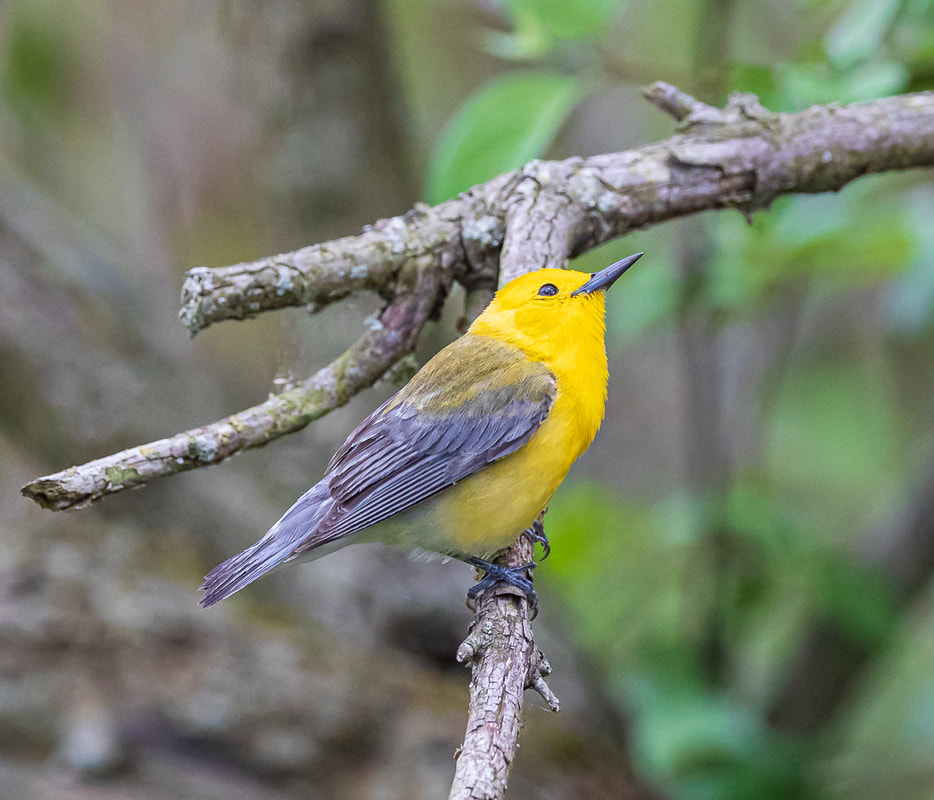
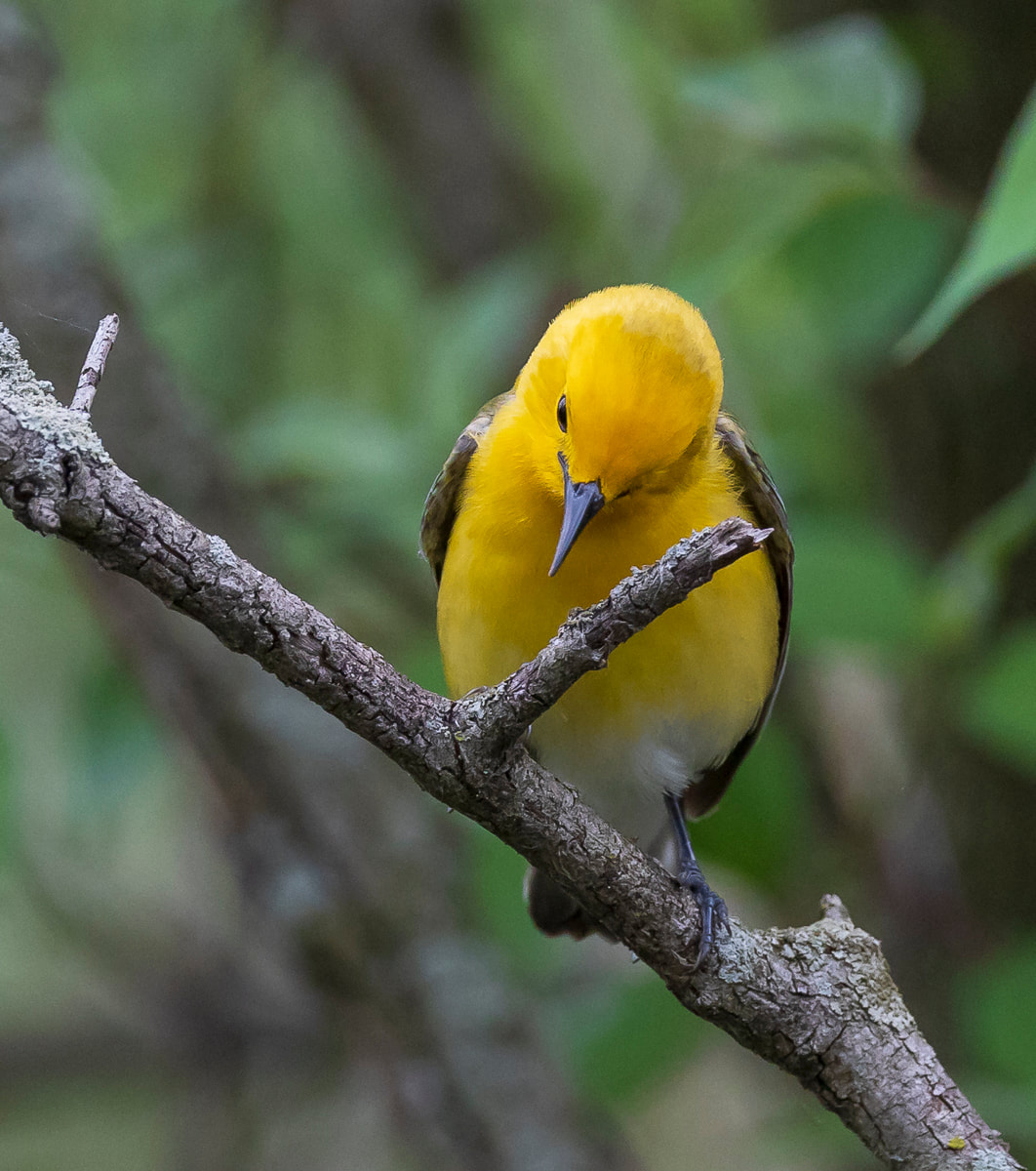
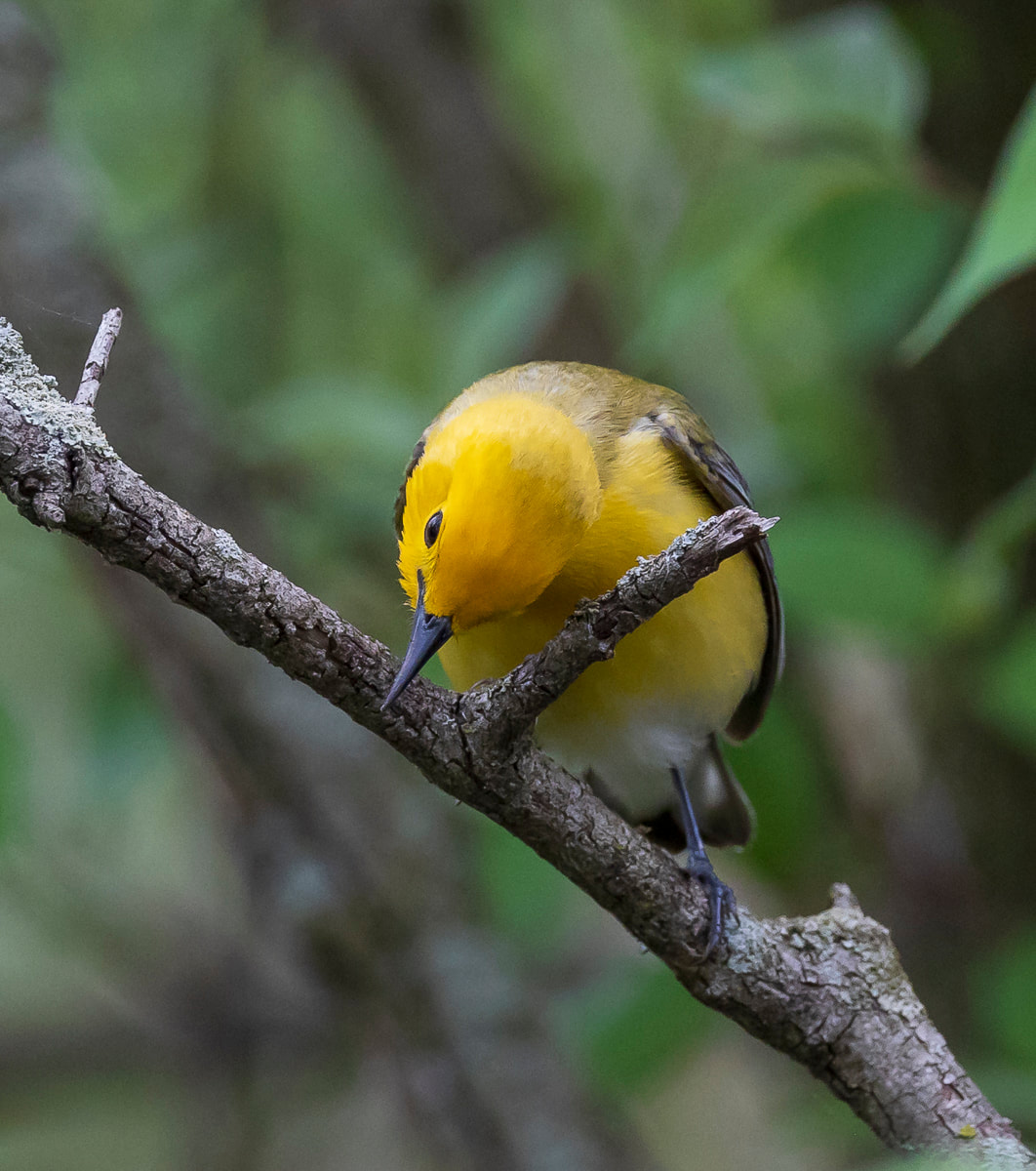
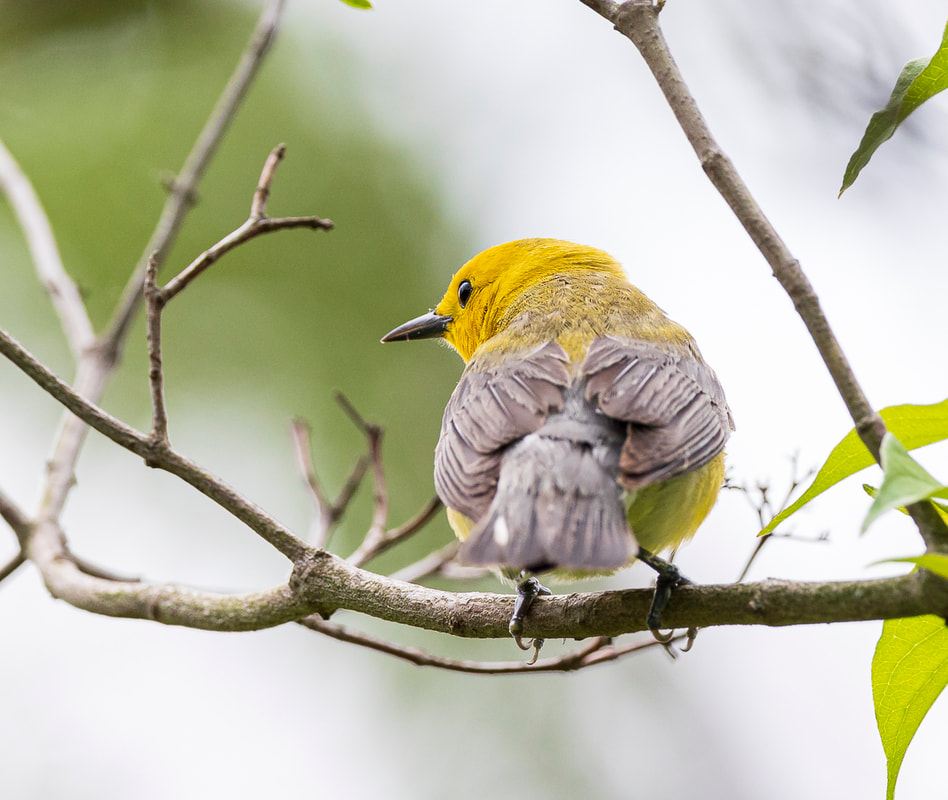
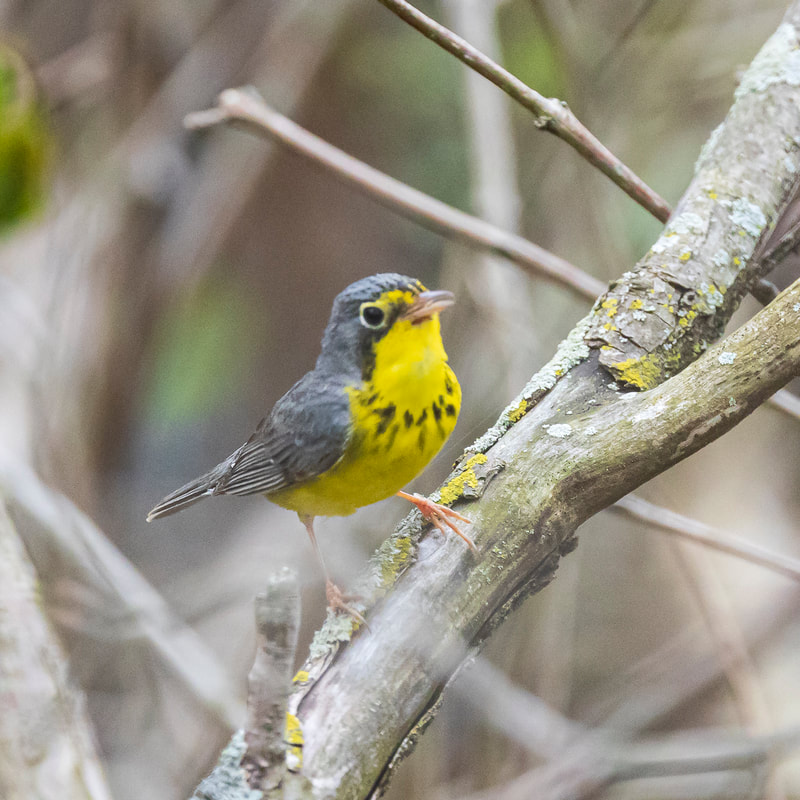
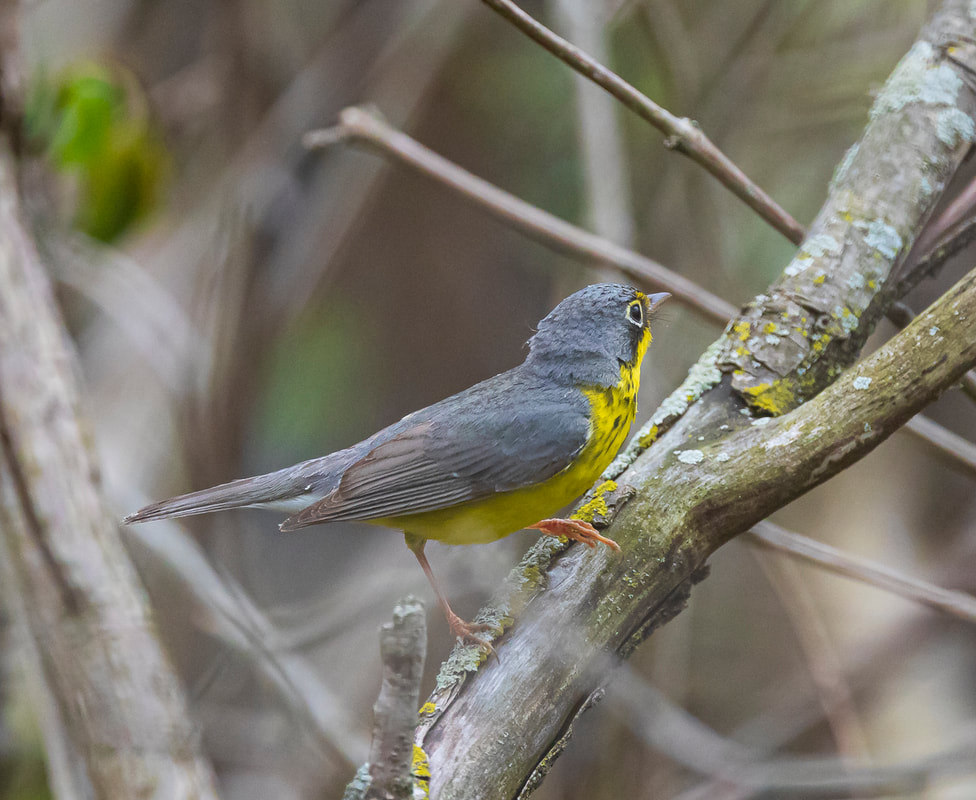
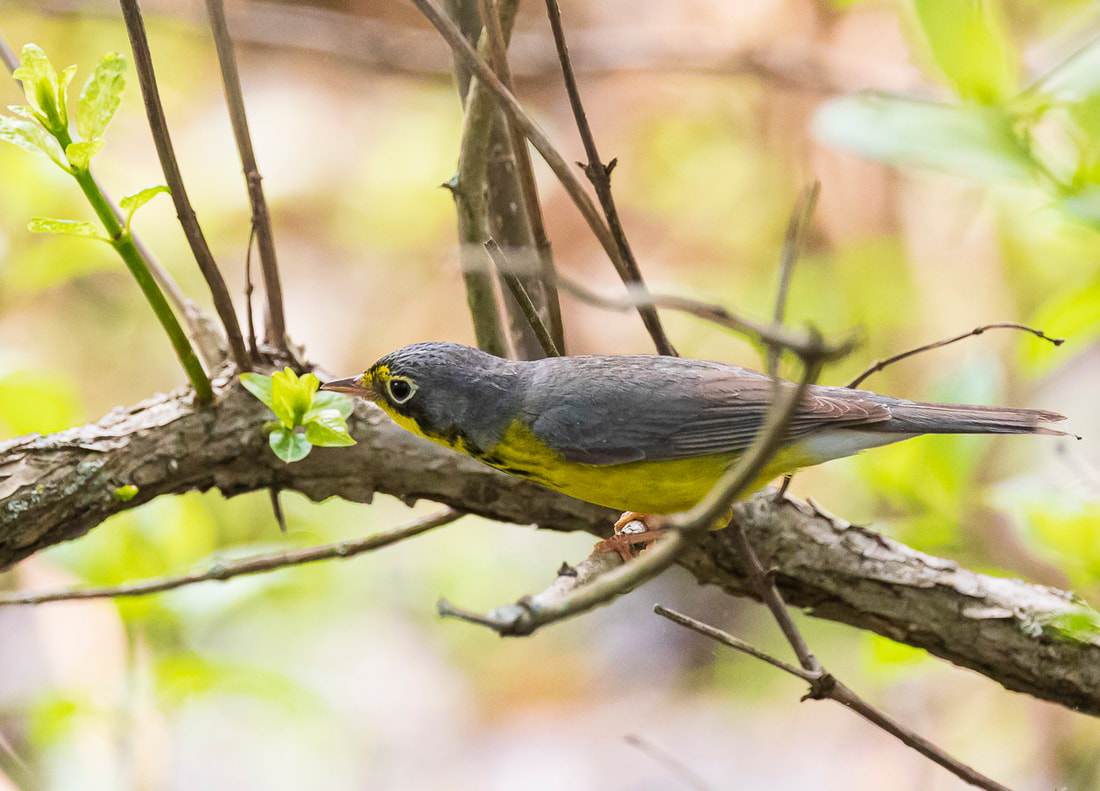
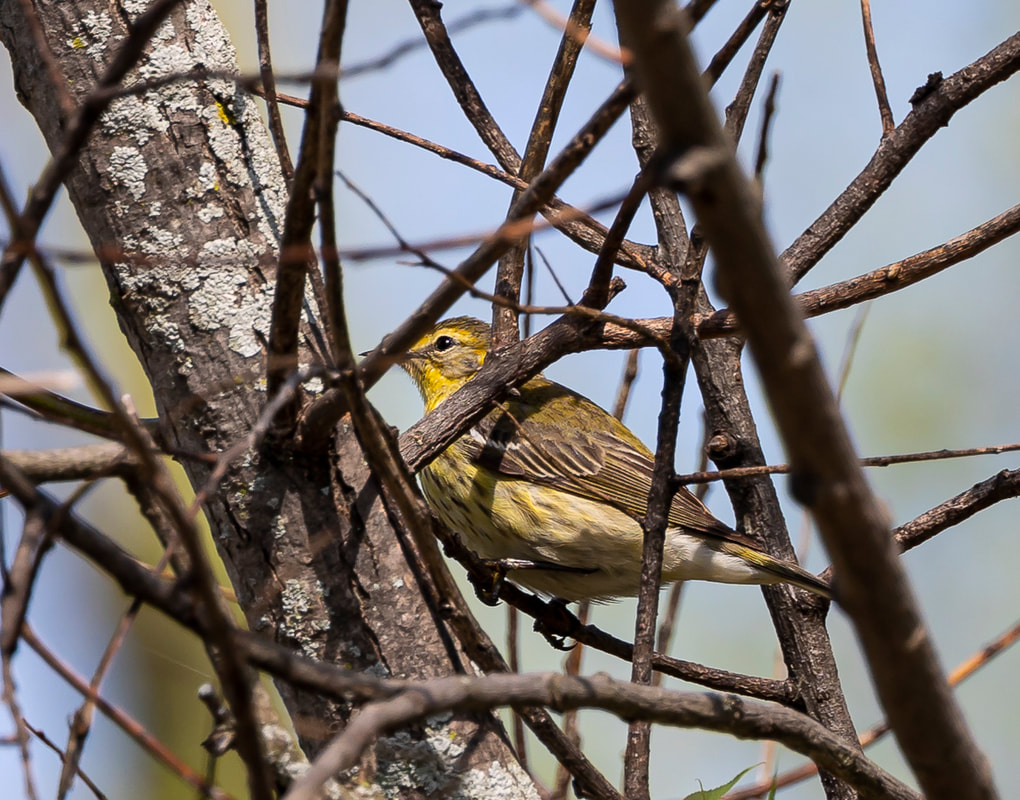
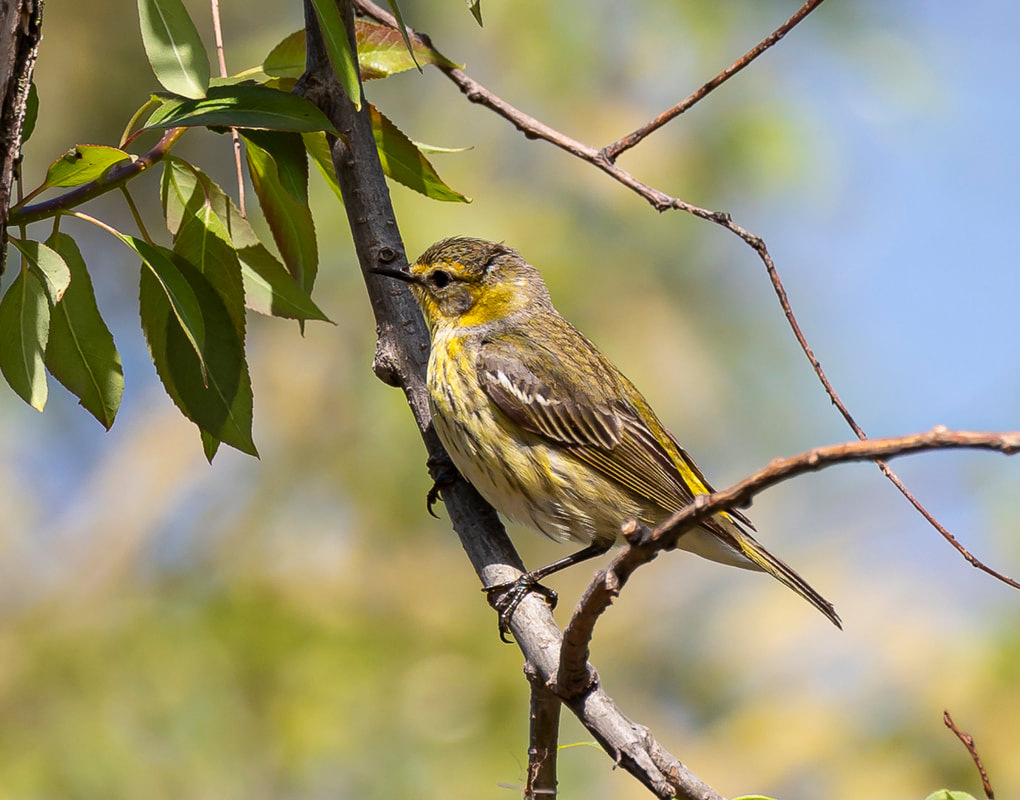
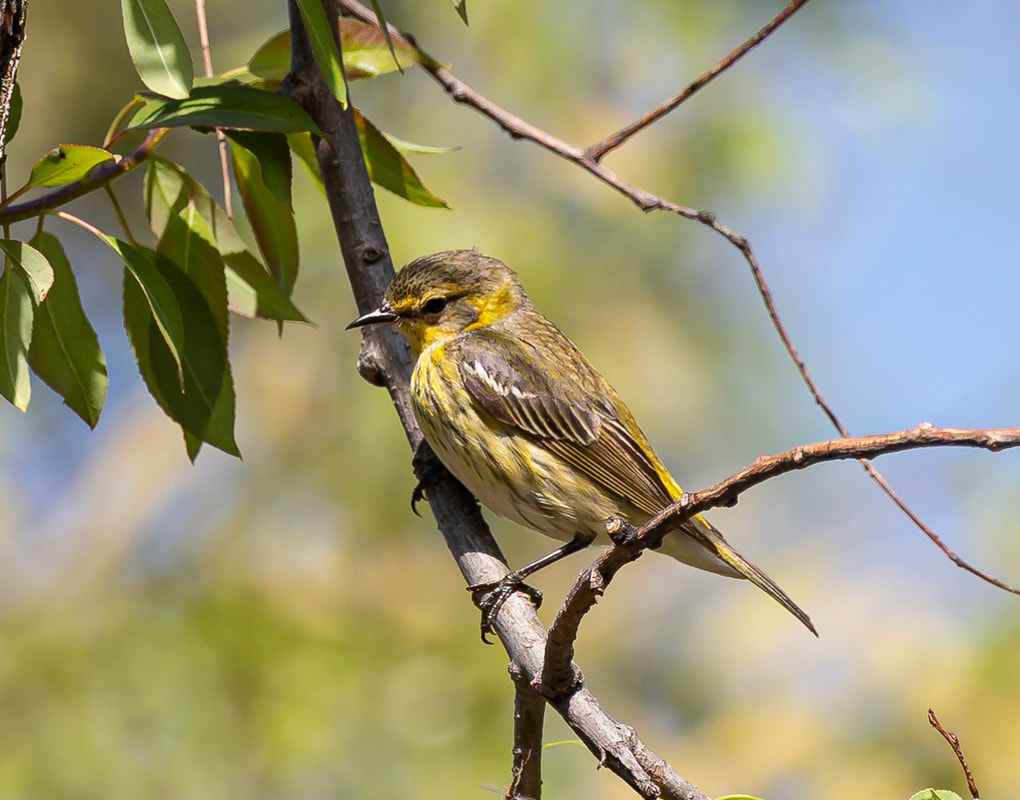
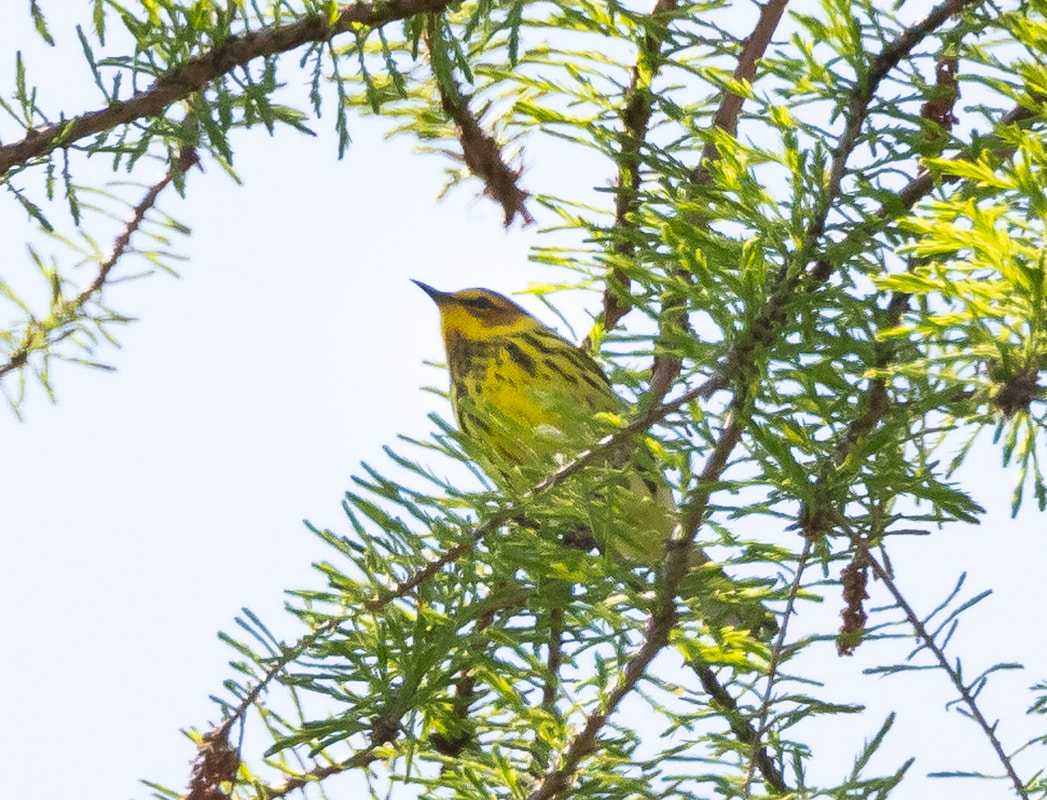
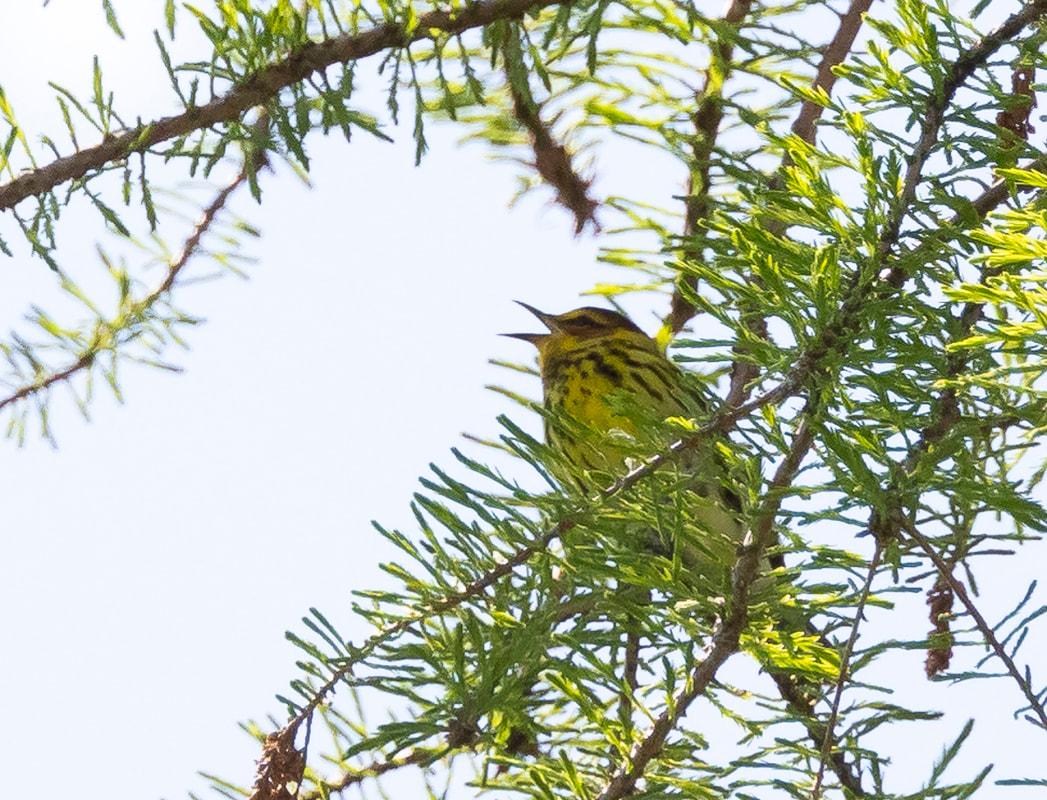
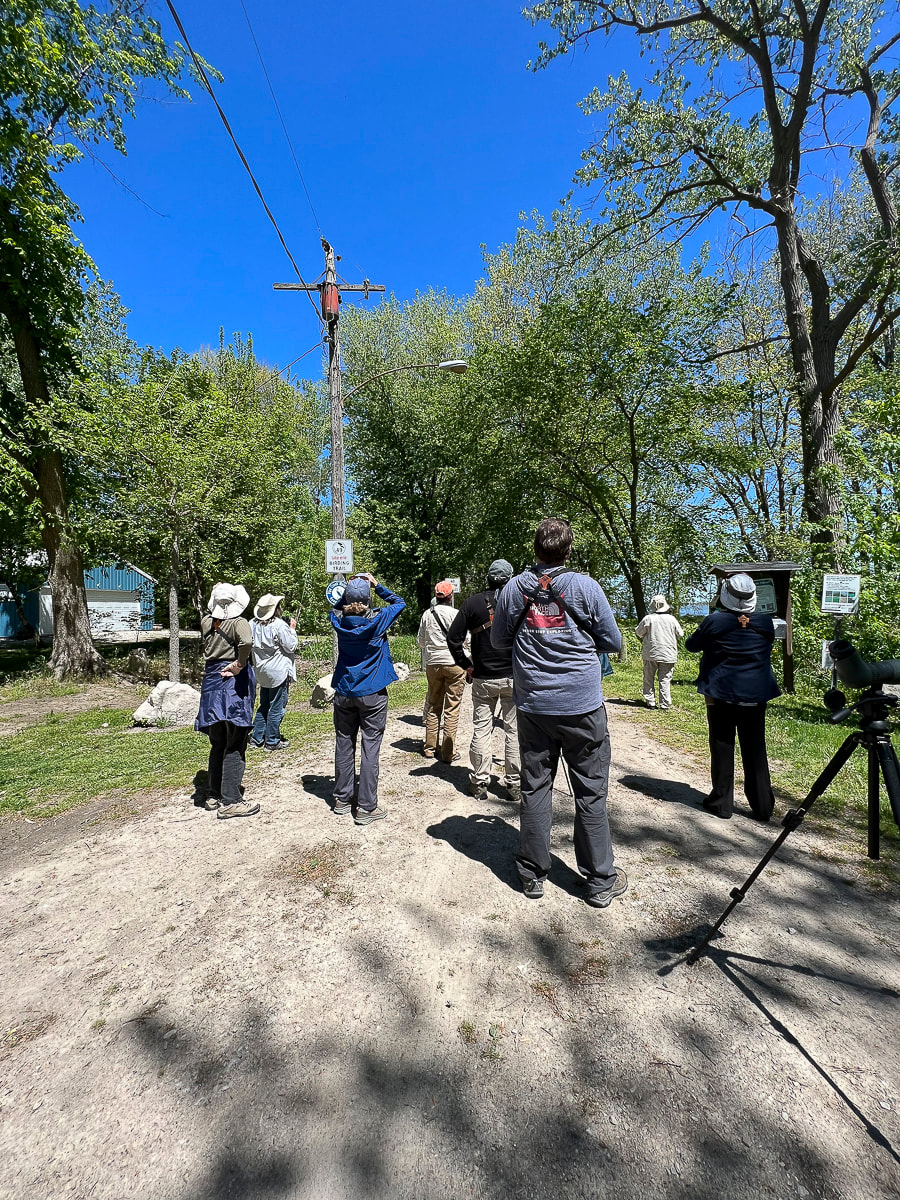
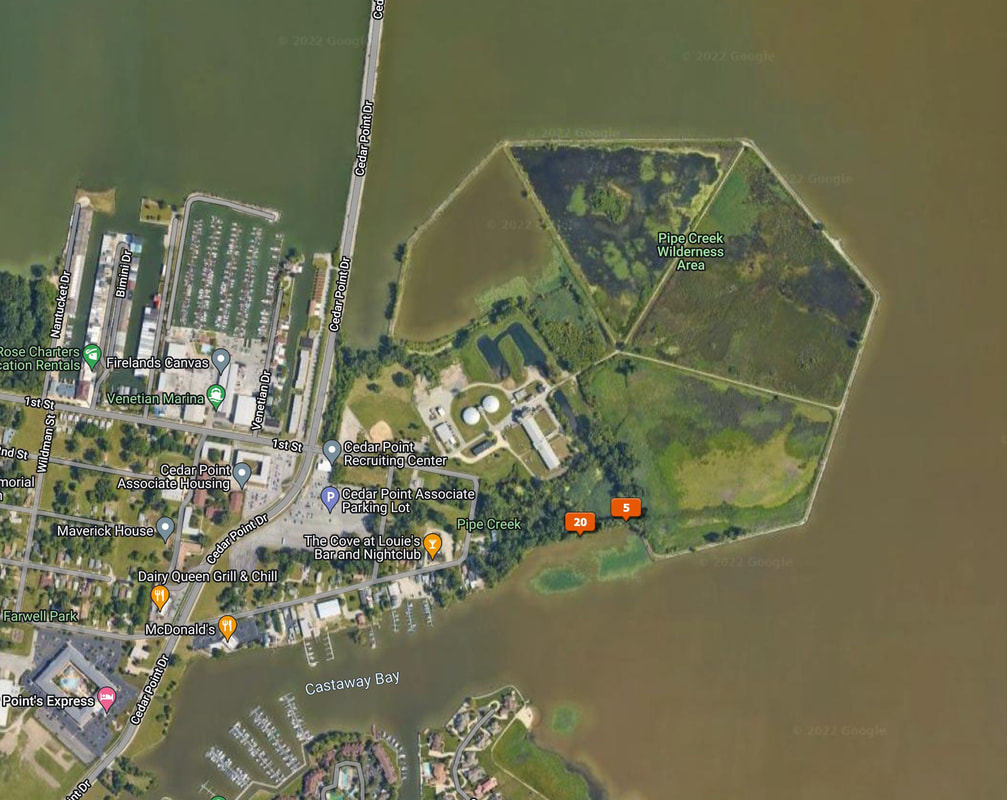
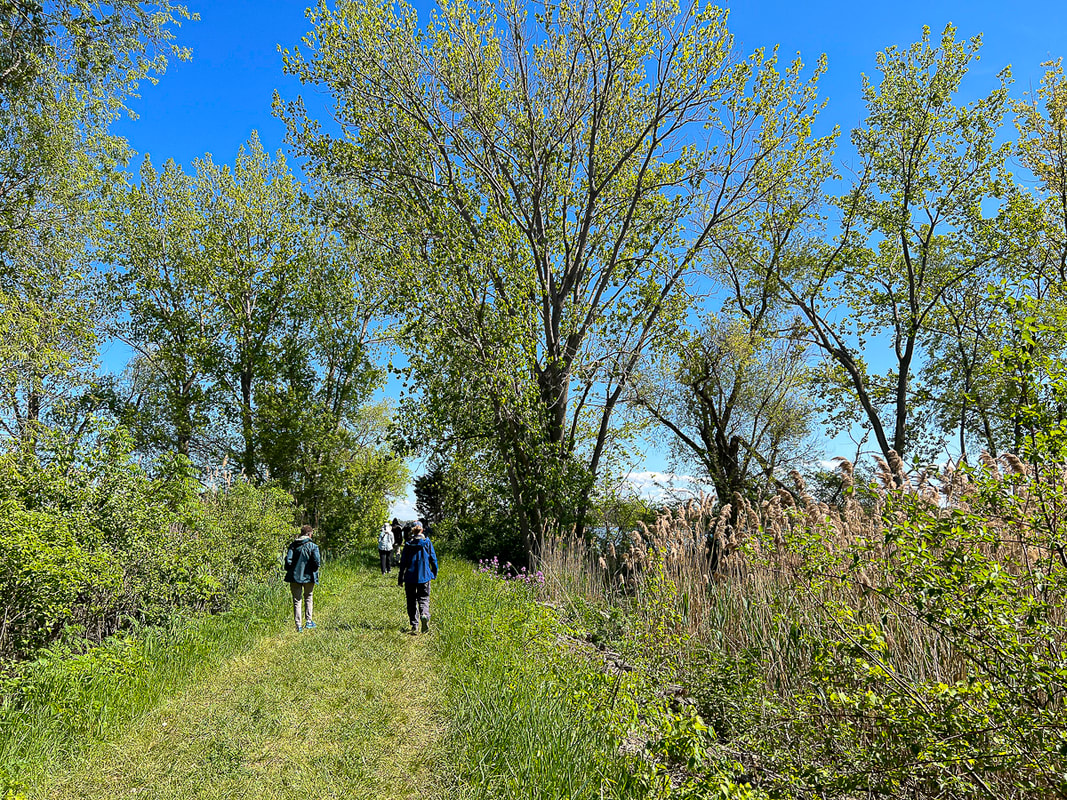
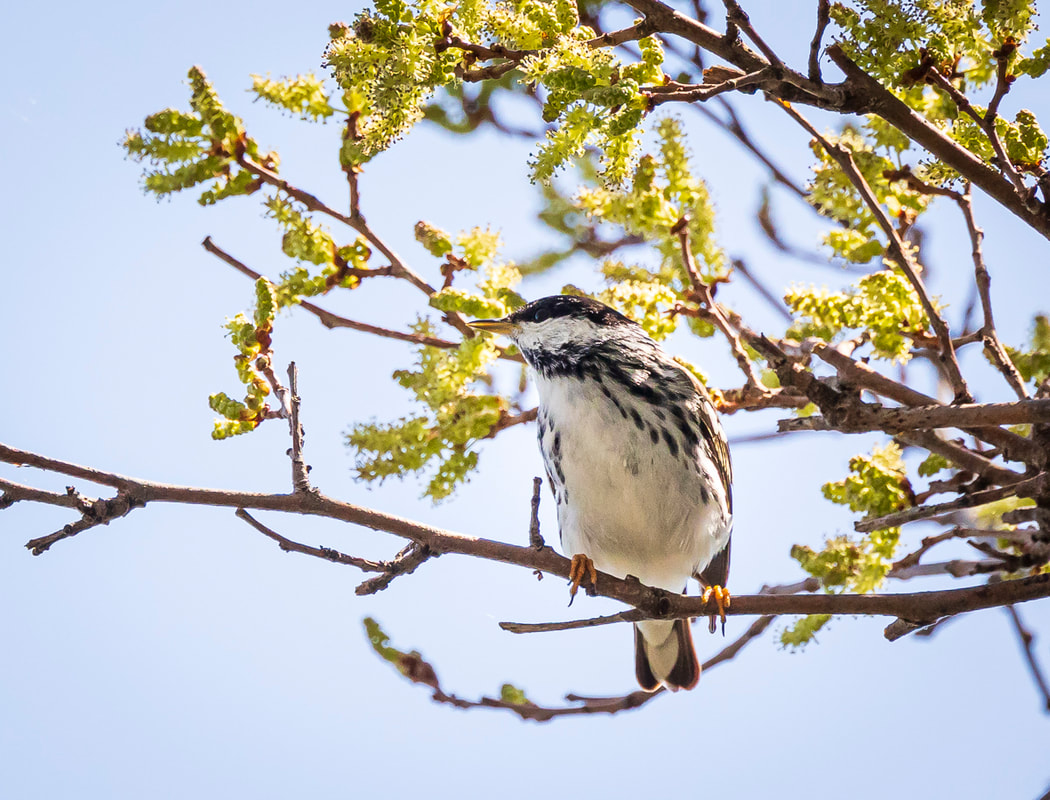
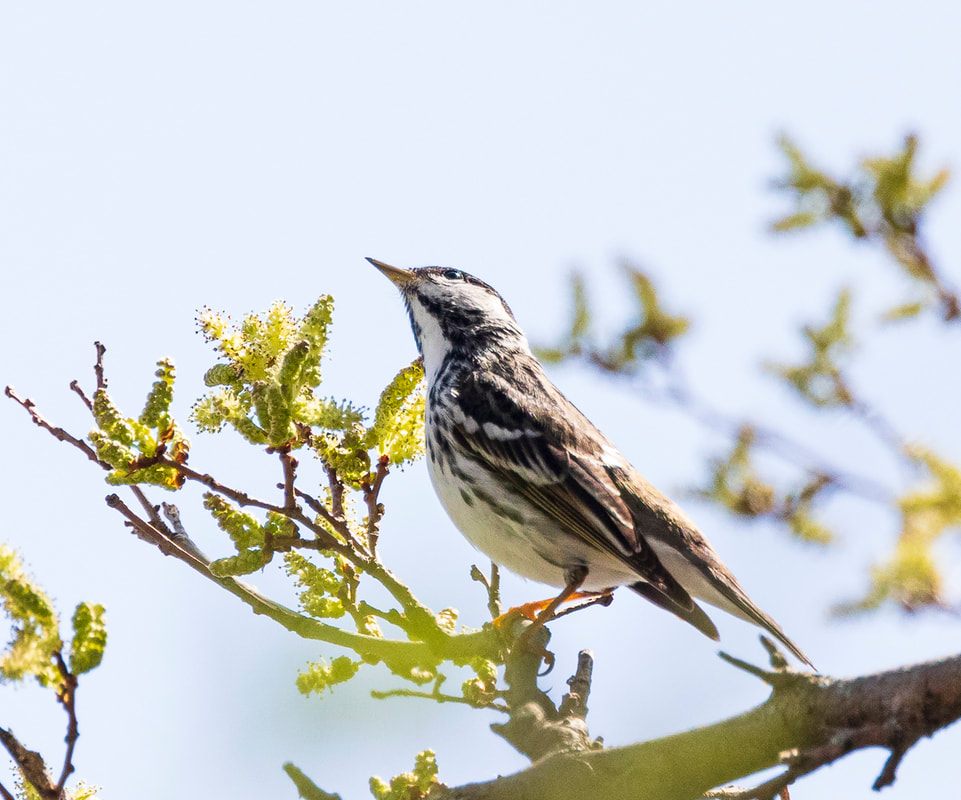
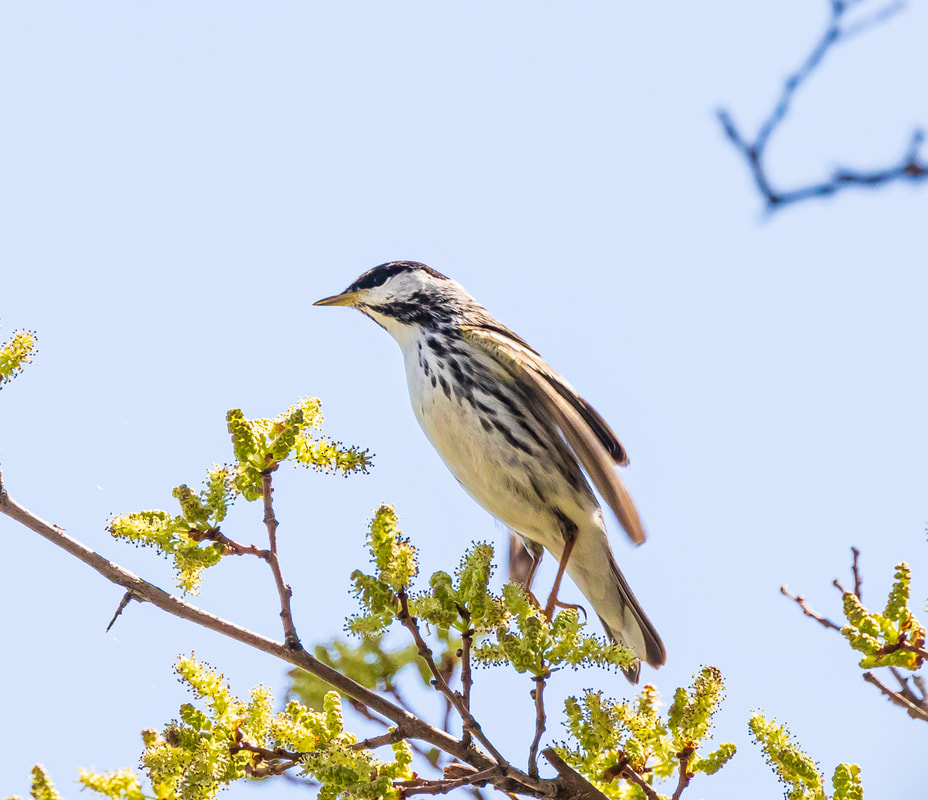
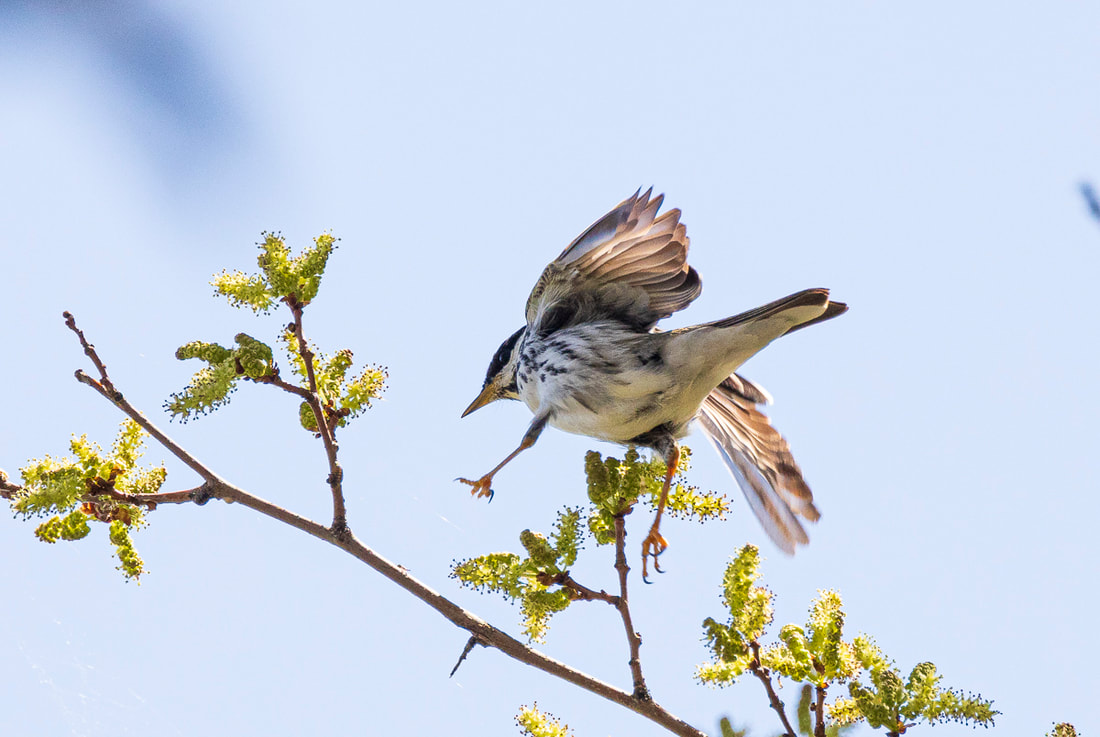
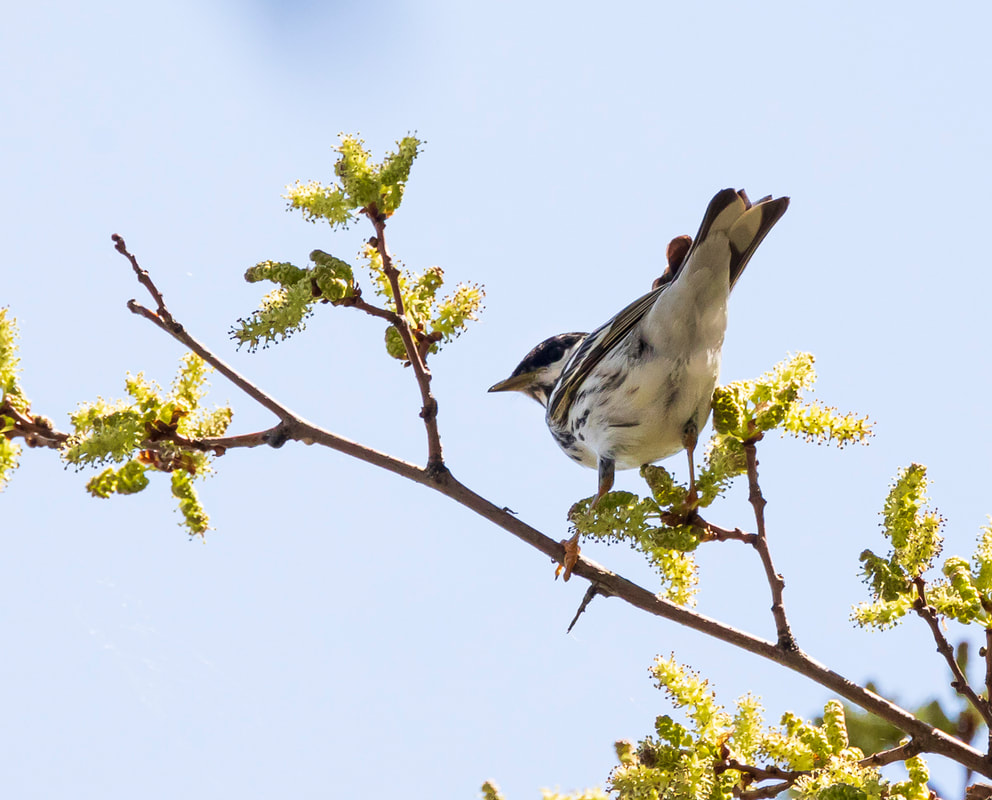
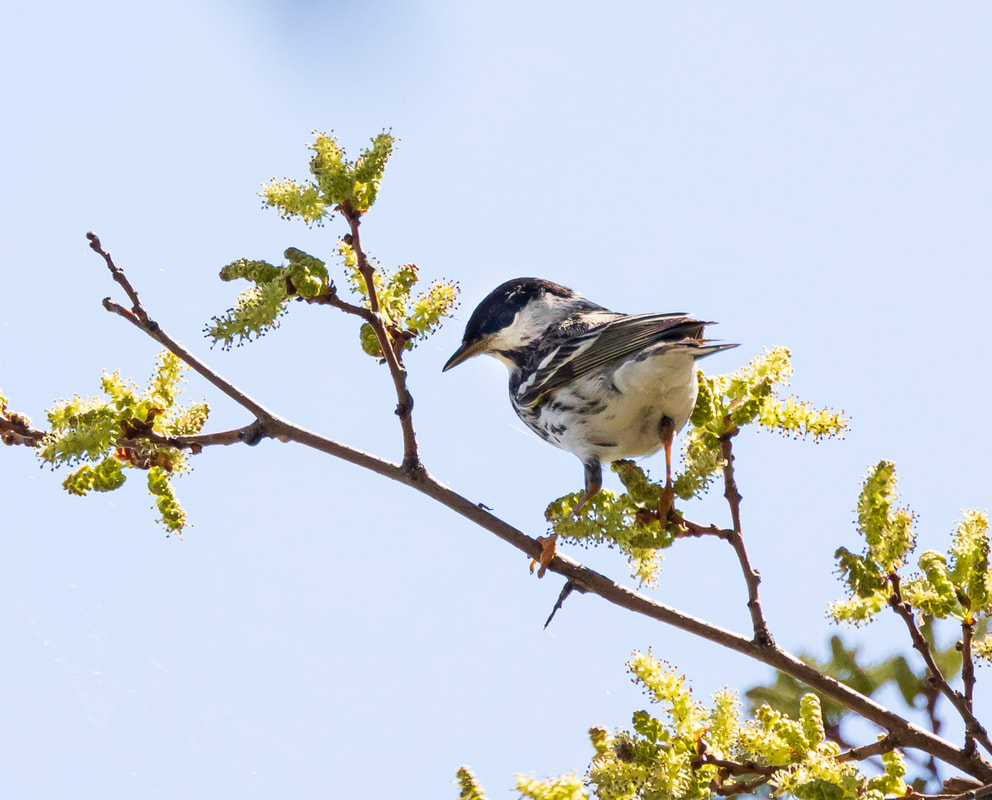
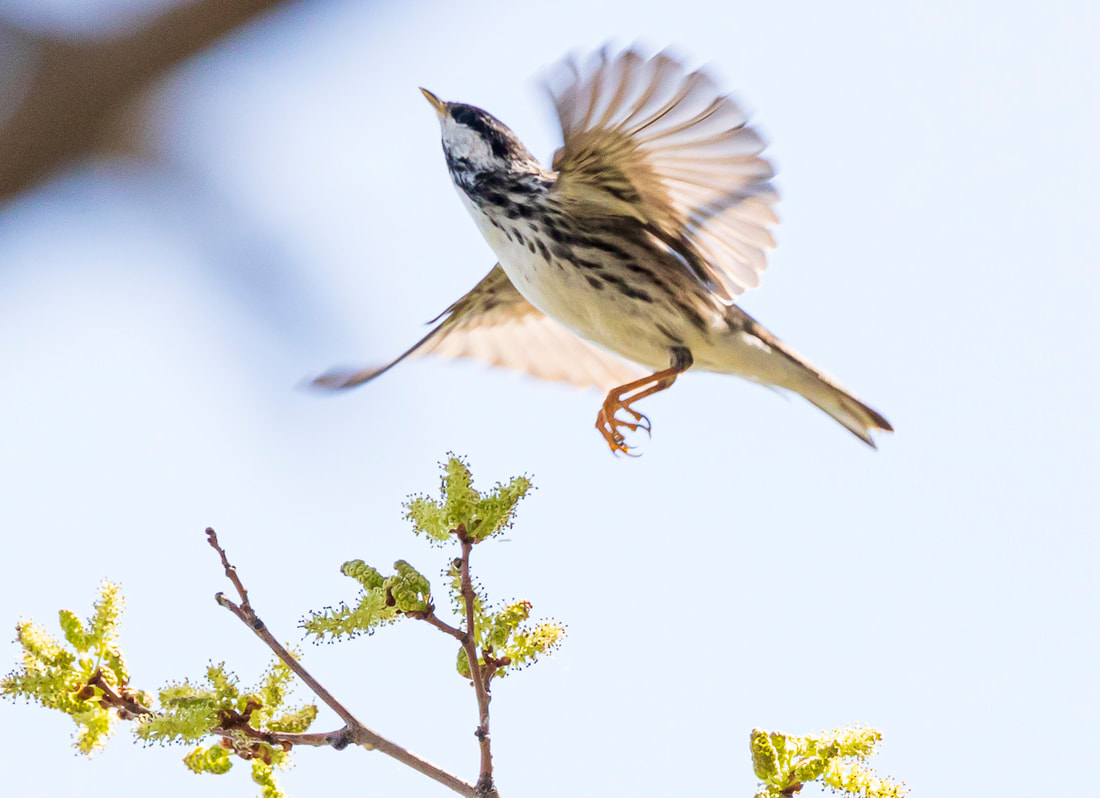
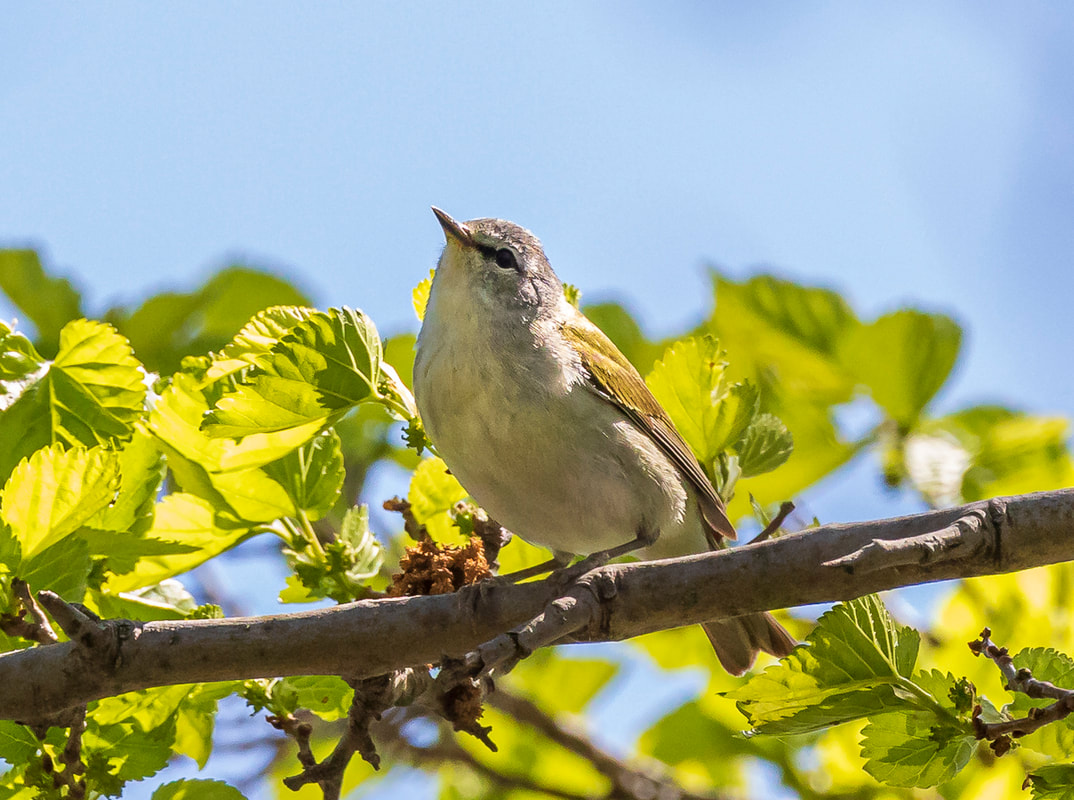
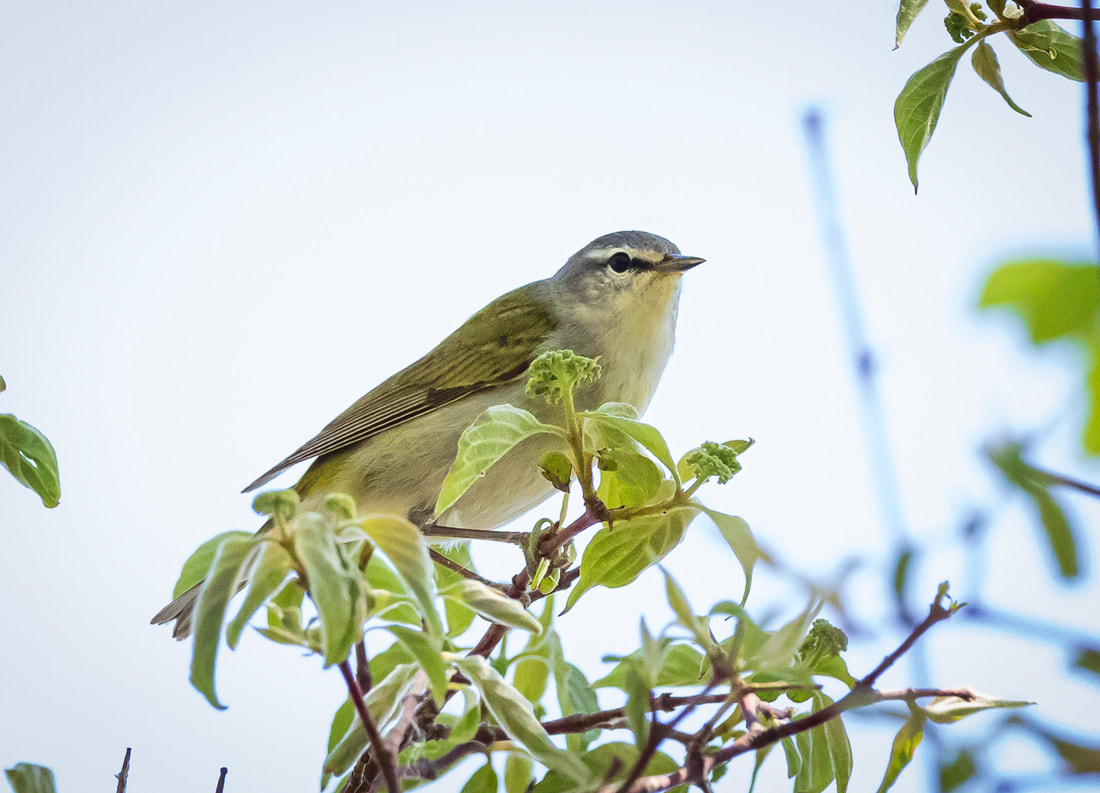
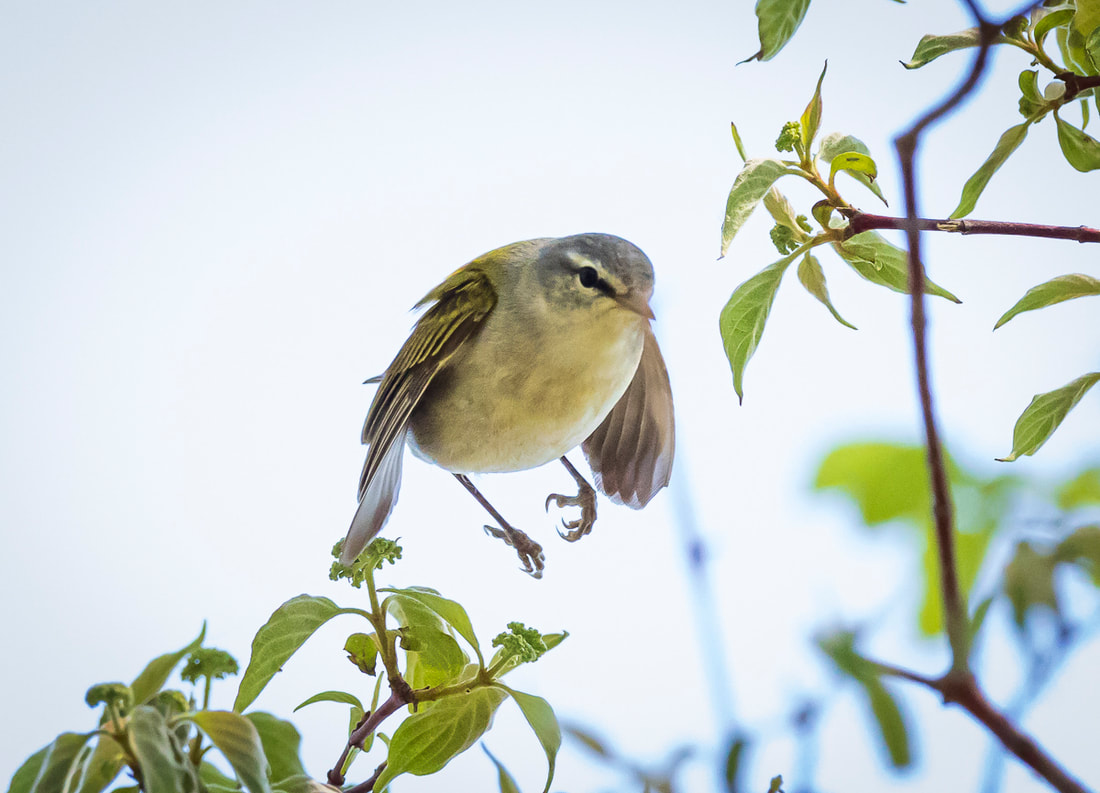
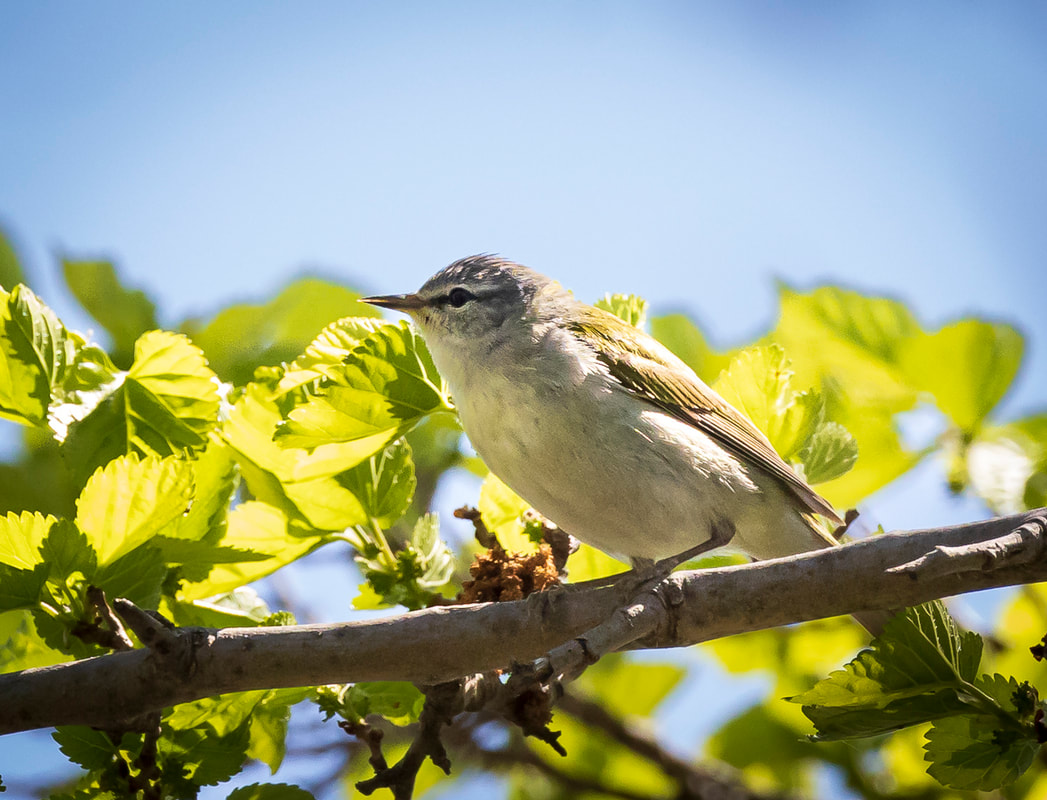
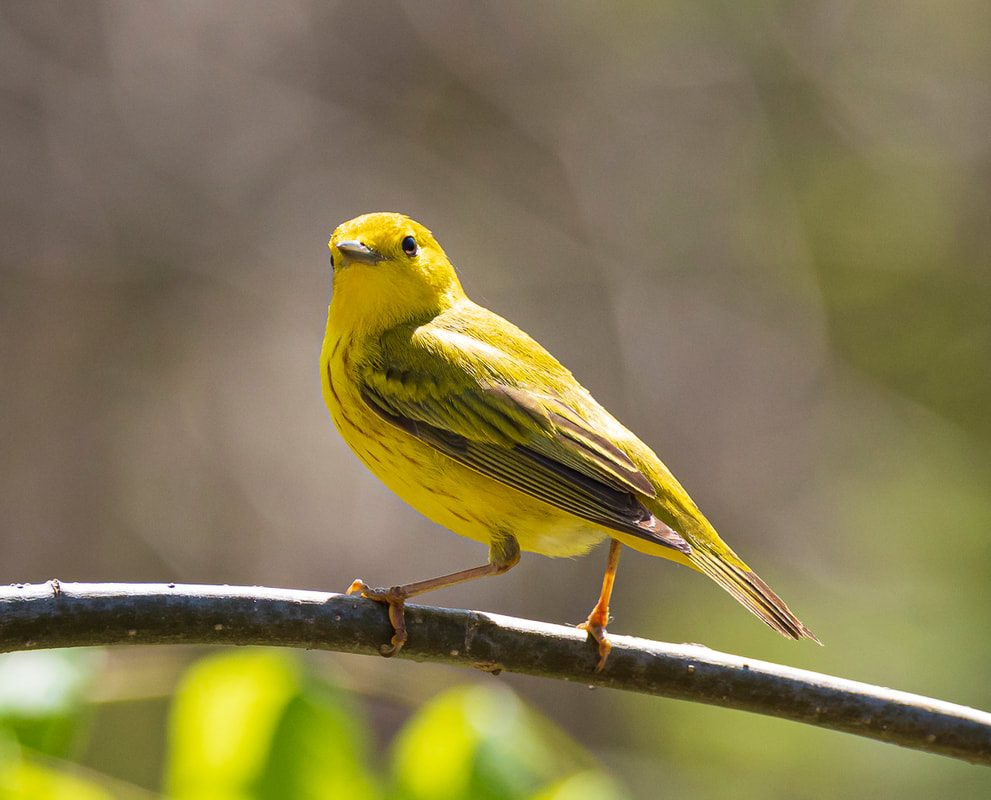
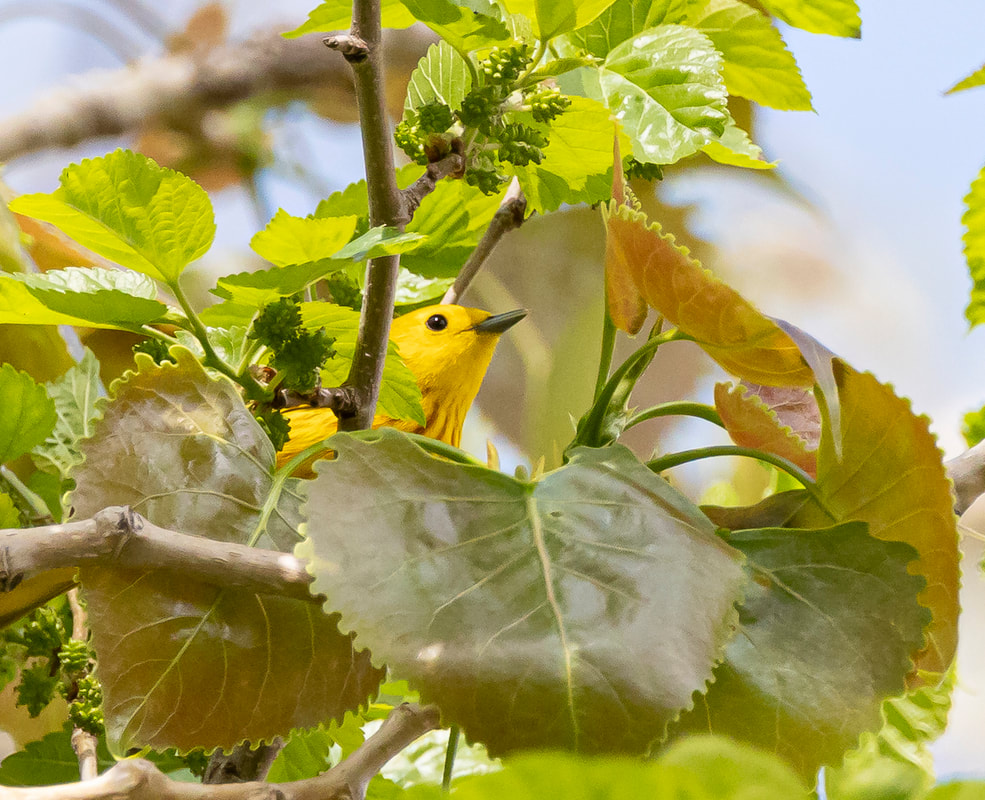
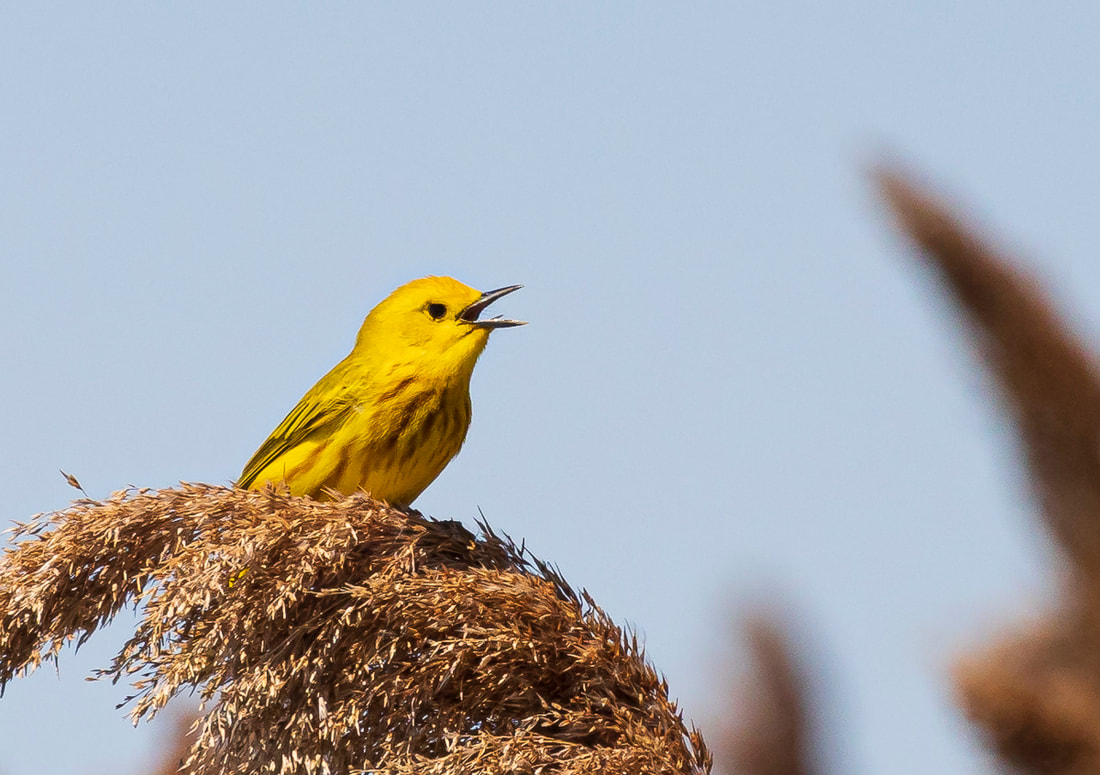
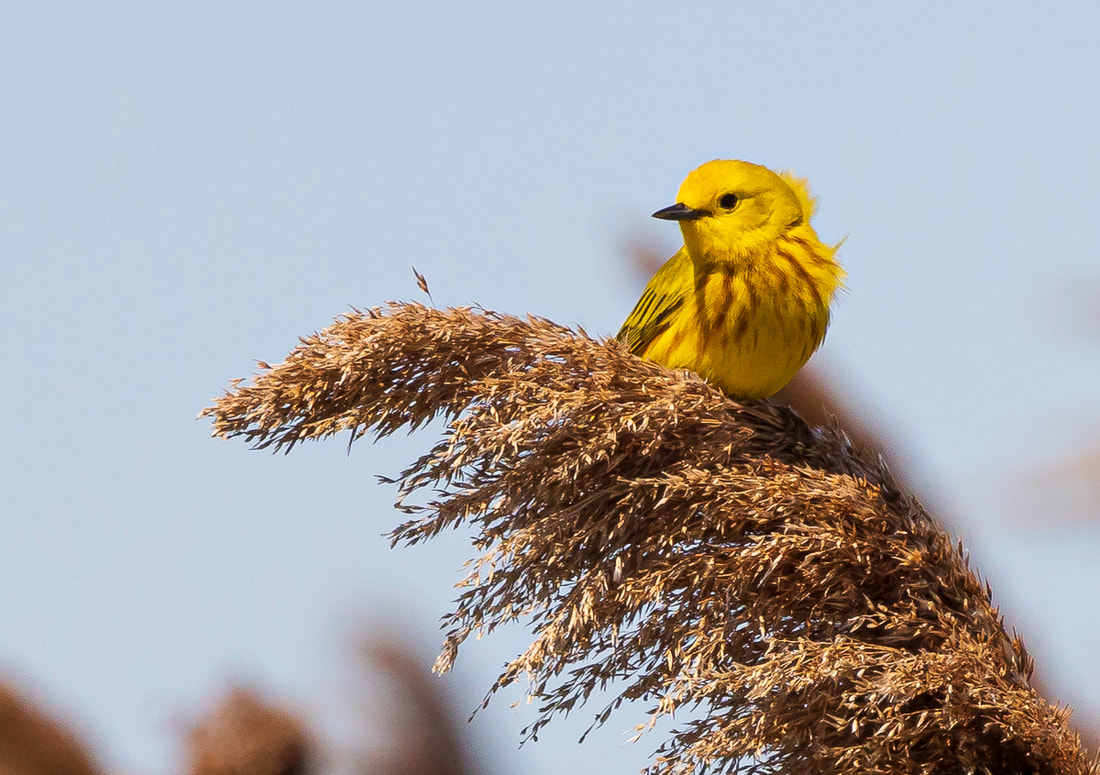
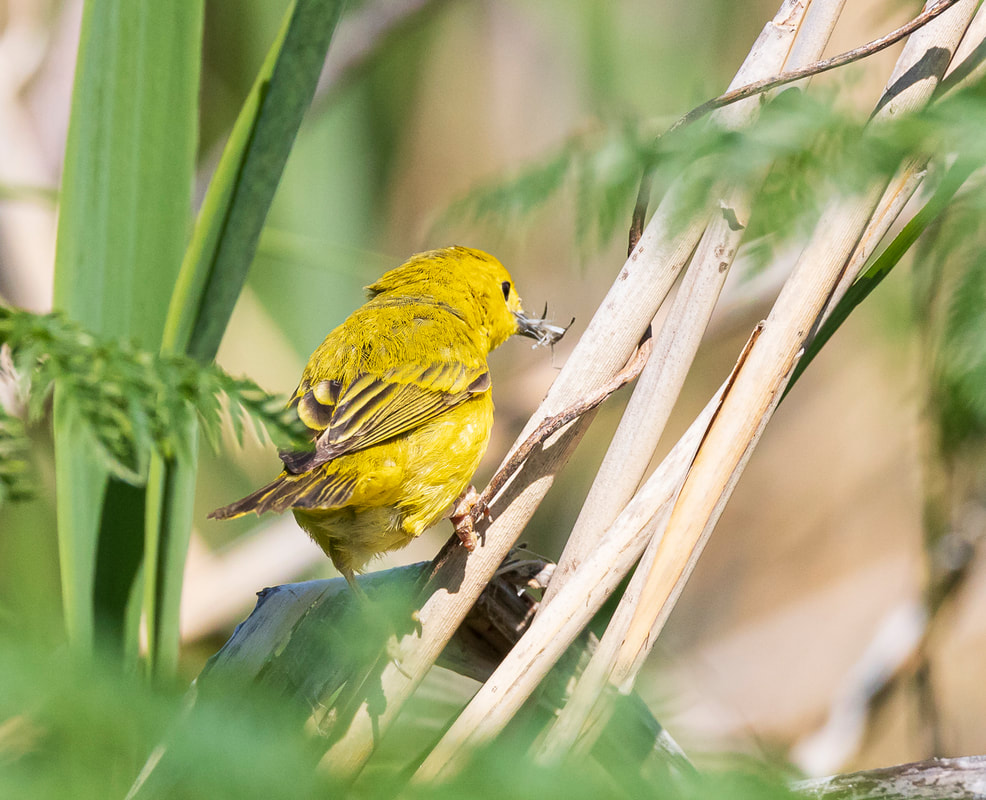
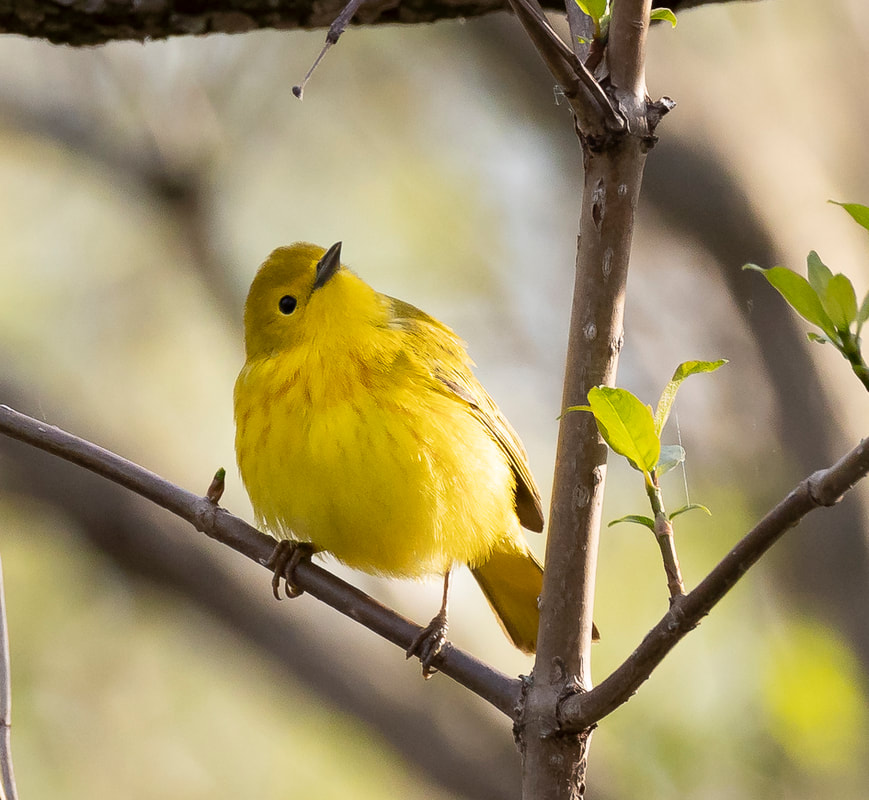
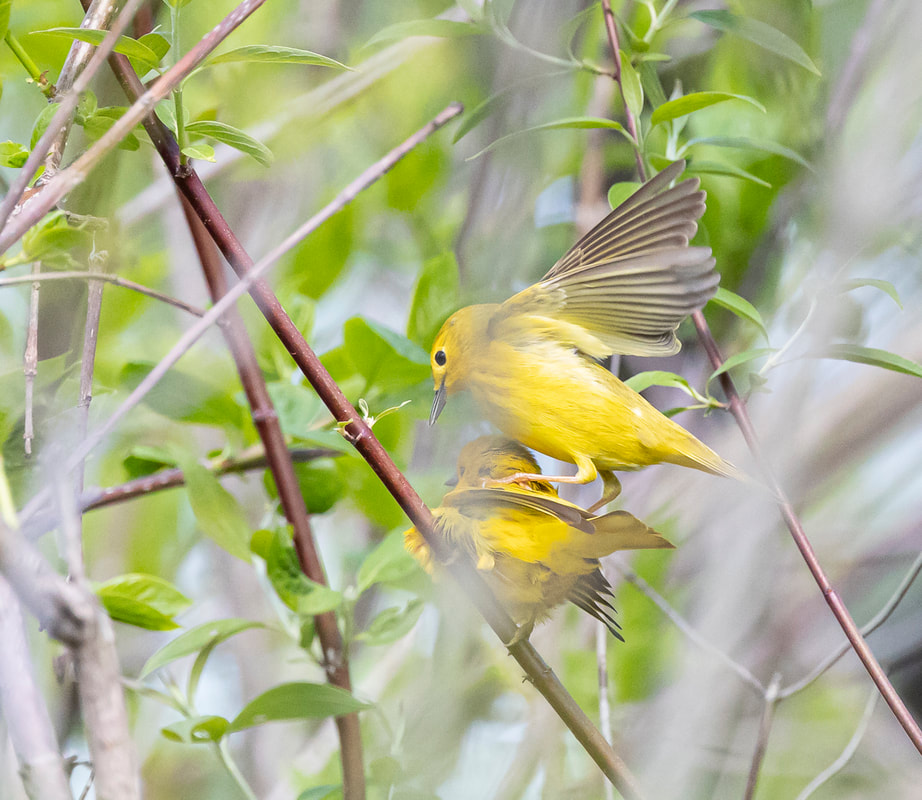
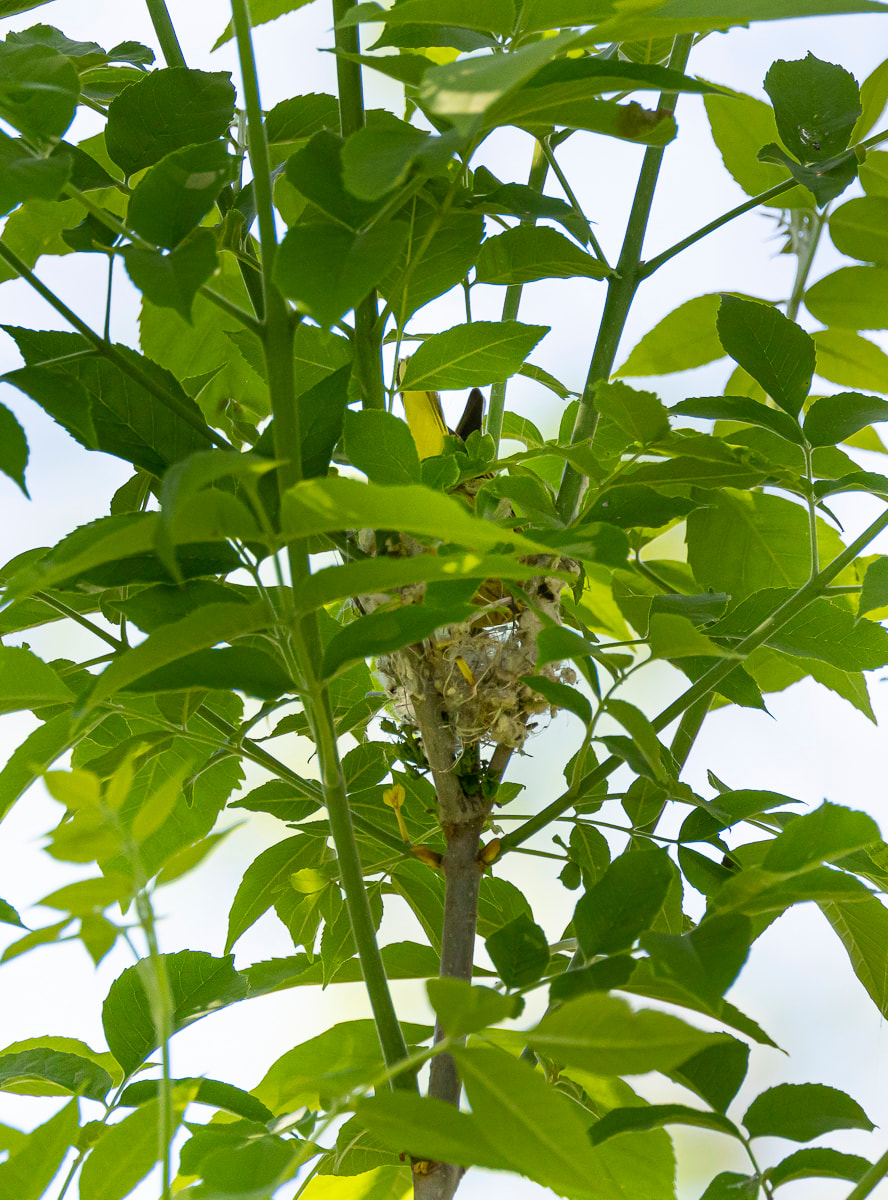
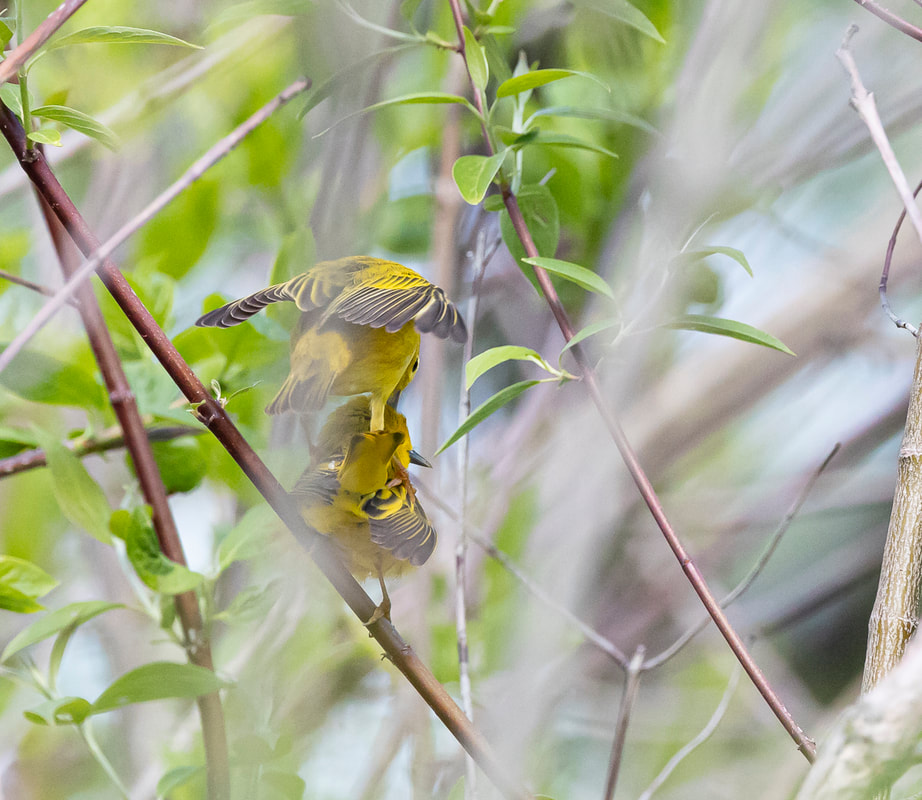
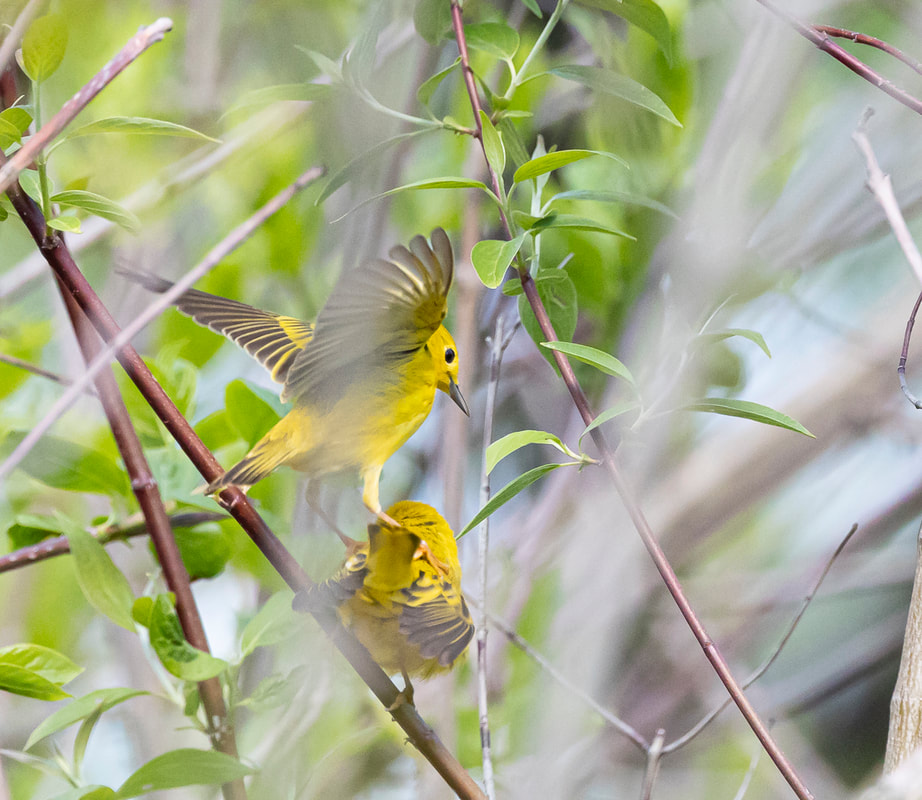
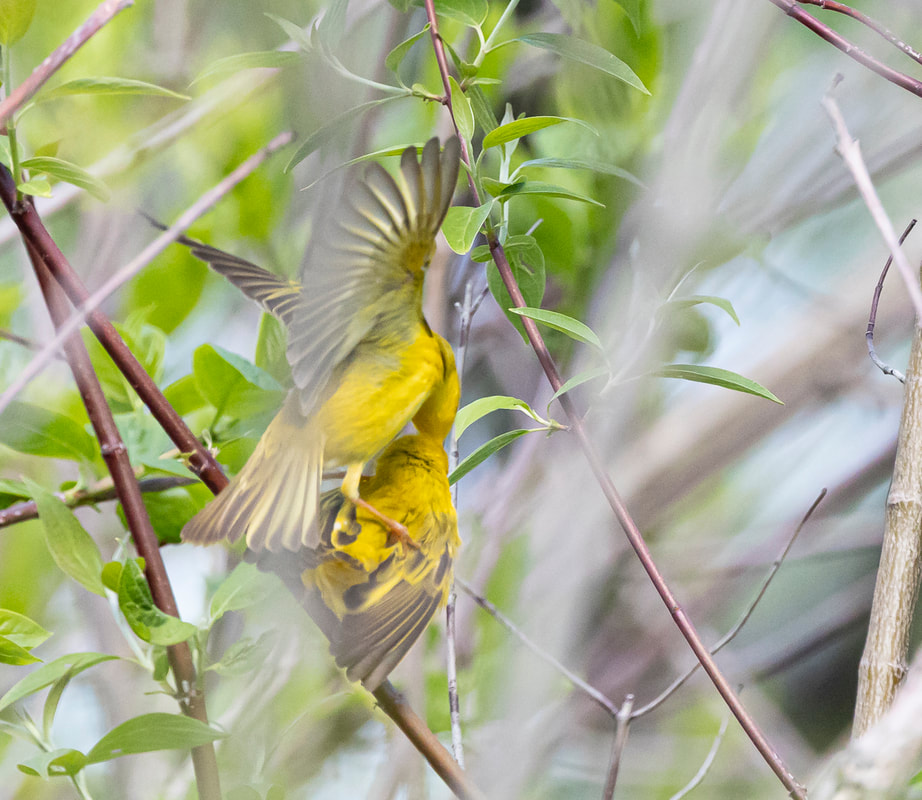
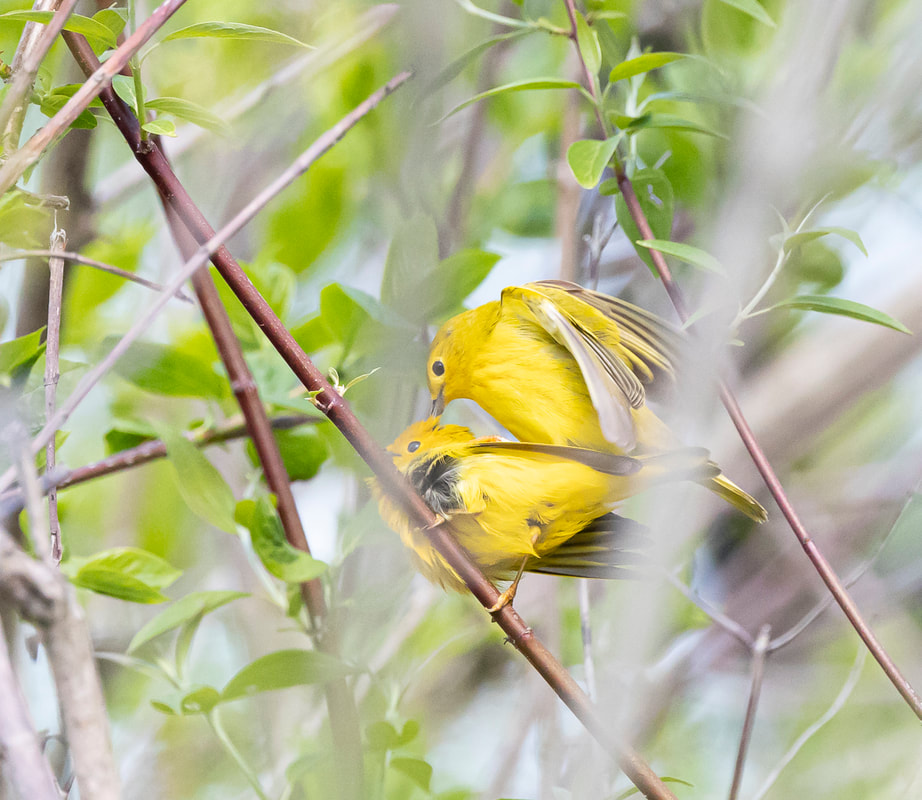
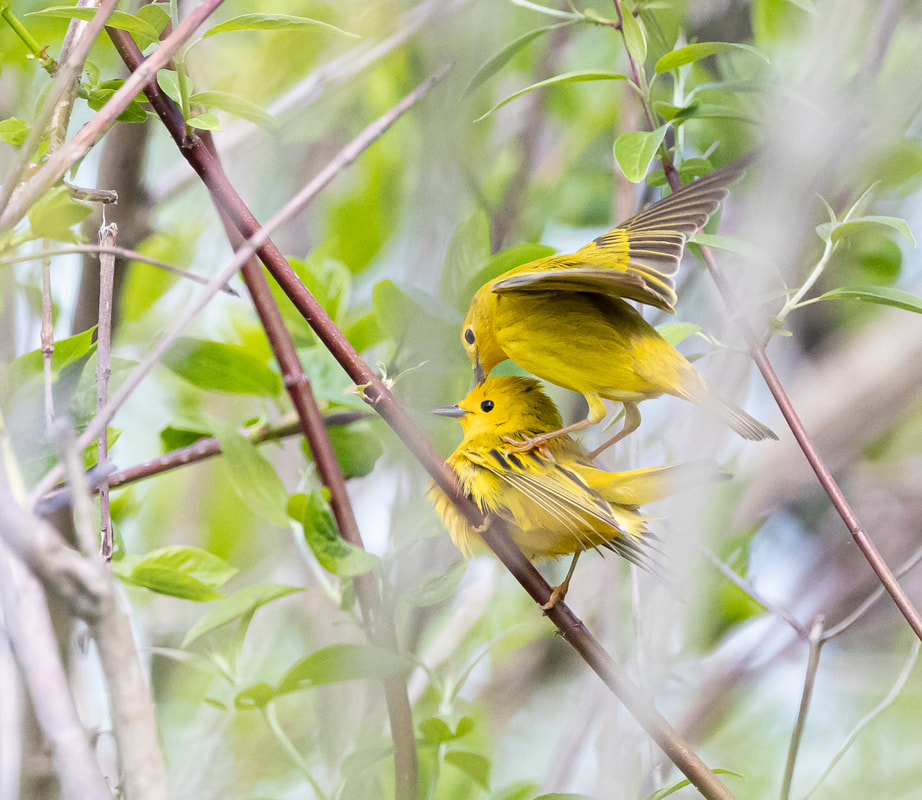
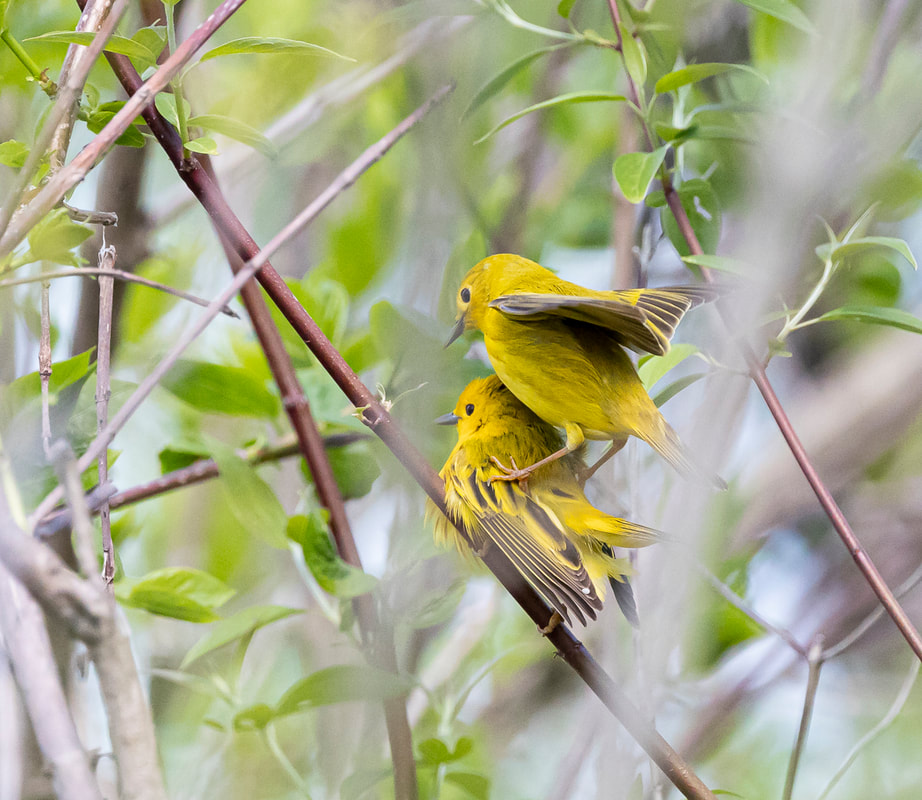
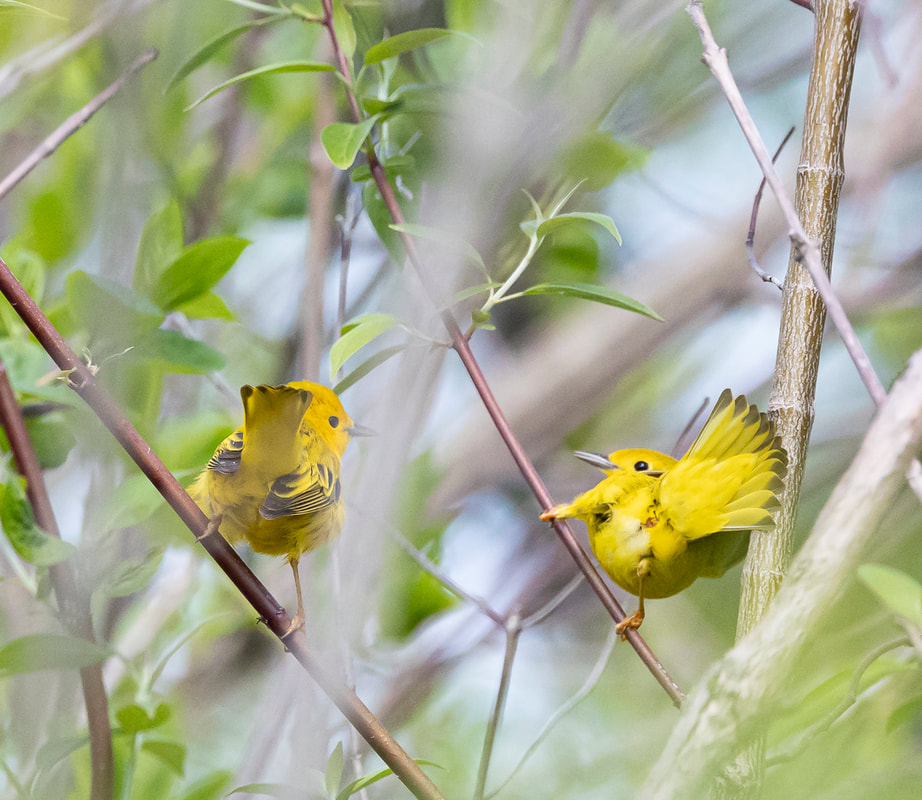
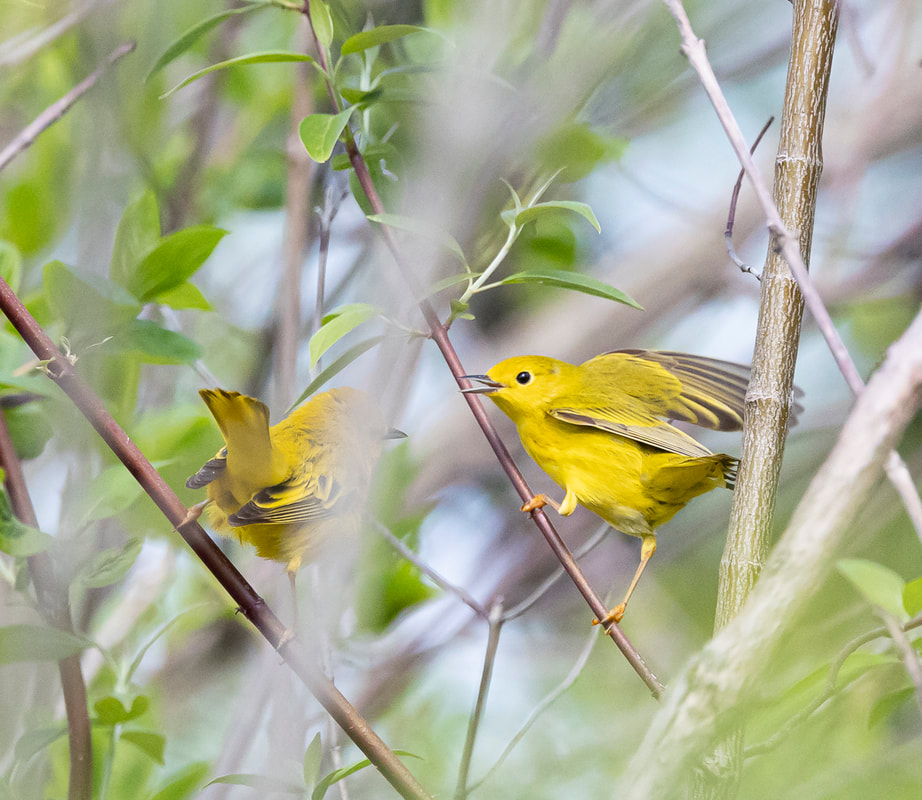
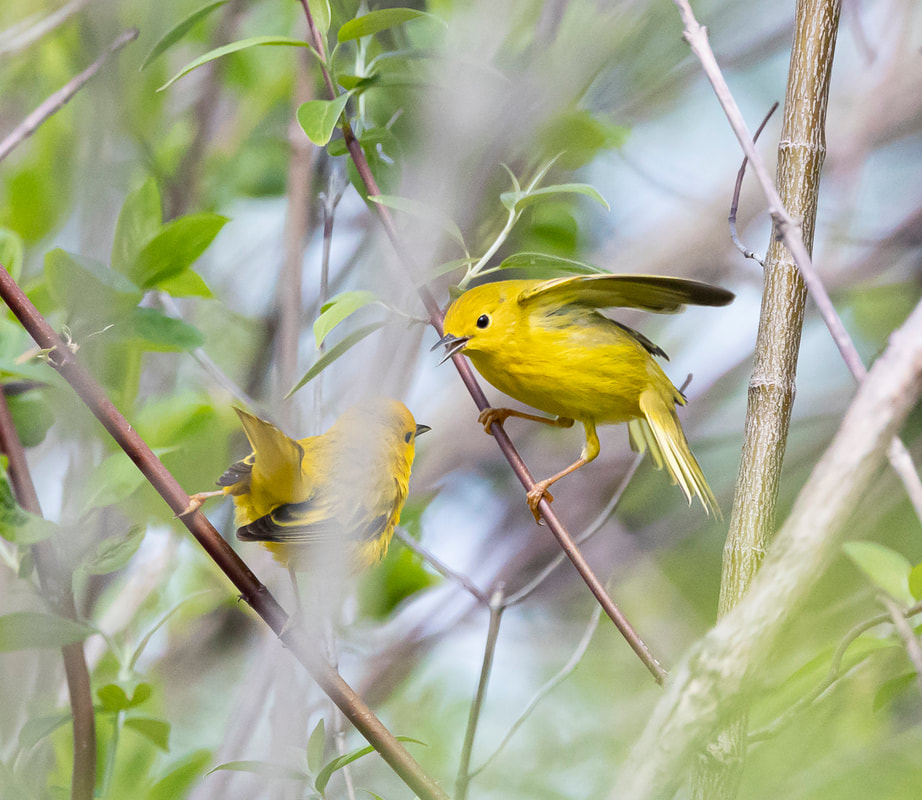
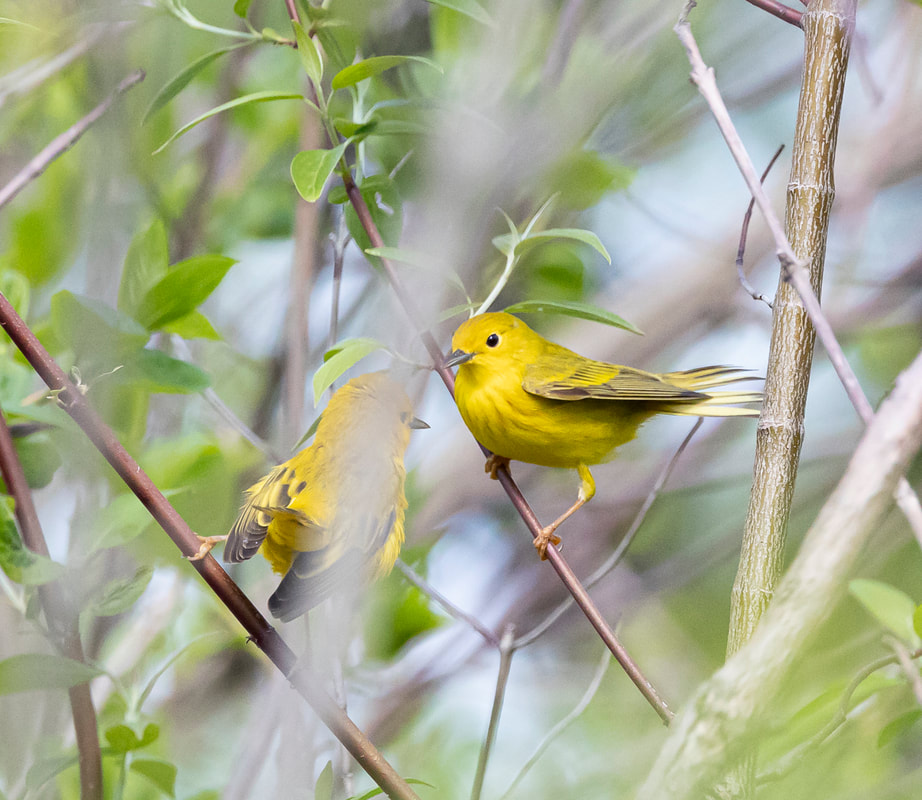
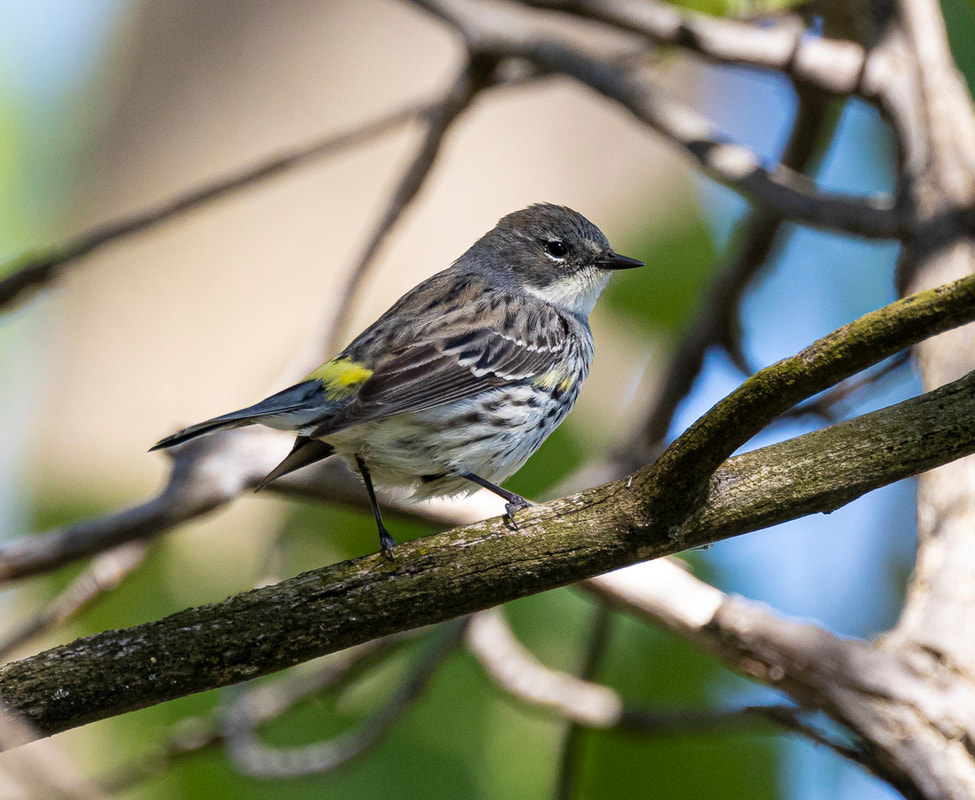
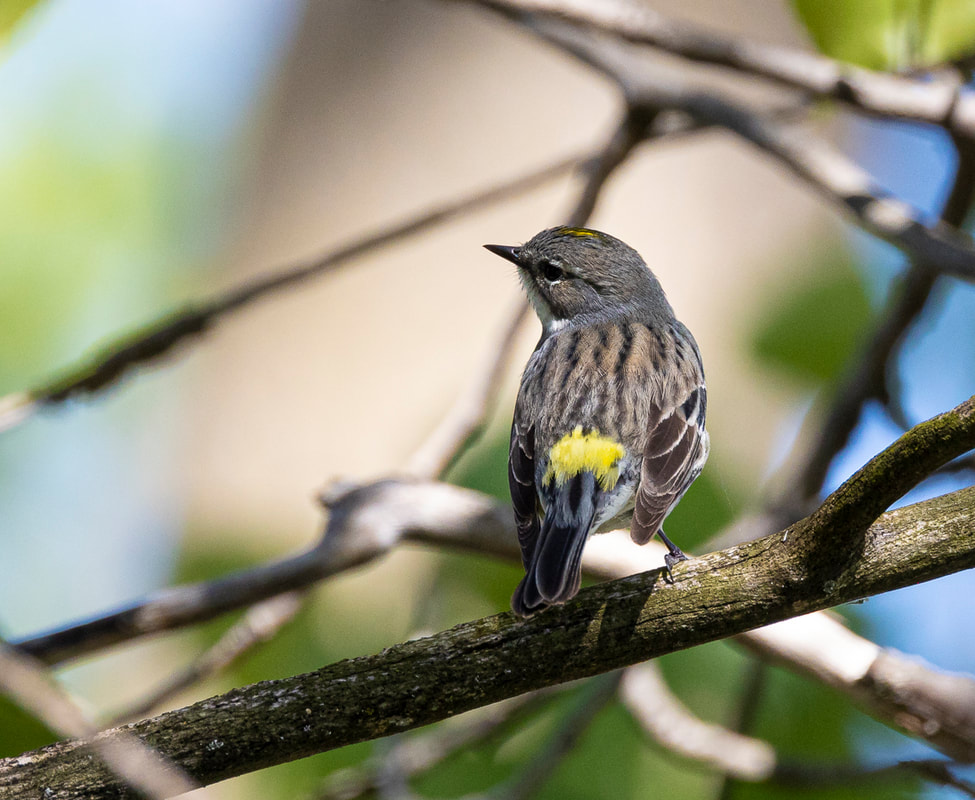
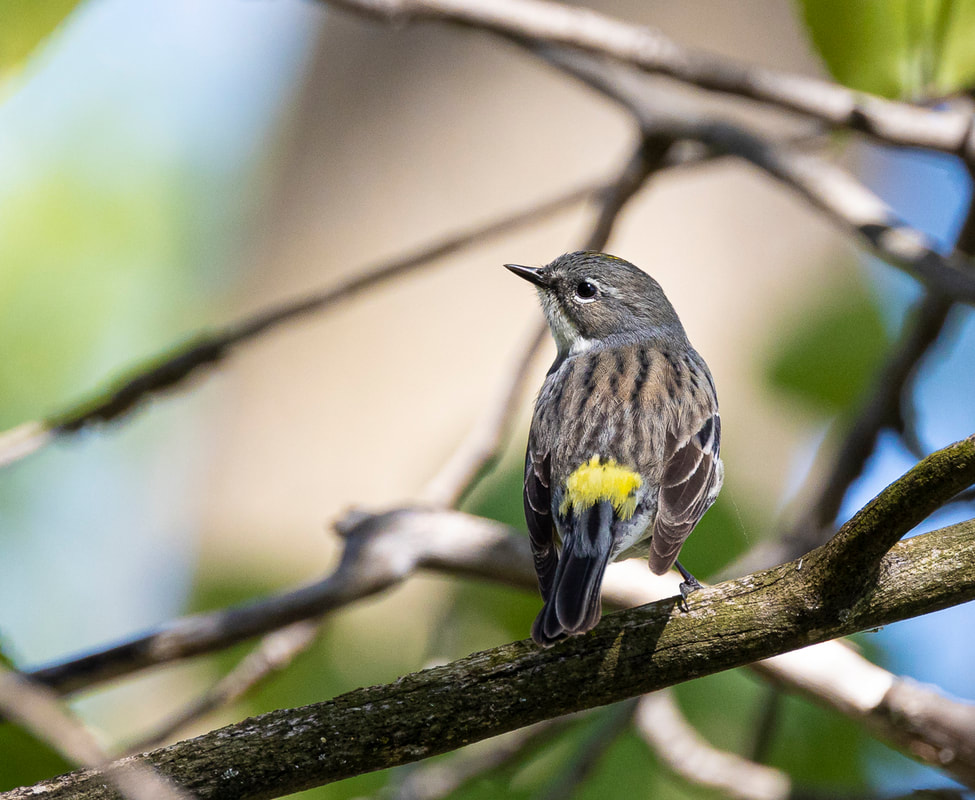
 RSS Feed
RSS Feed